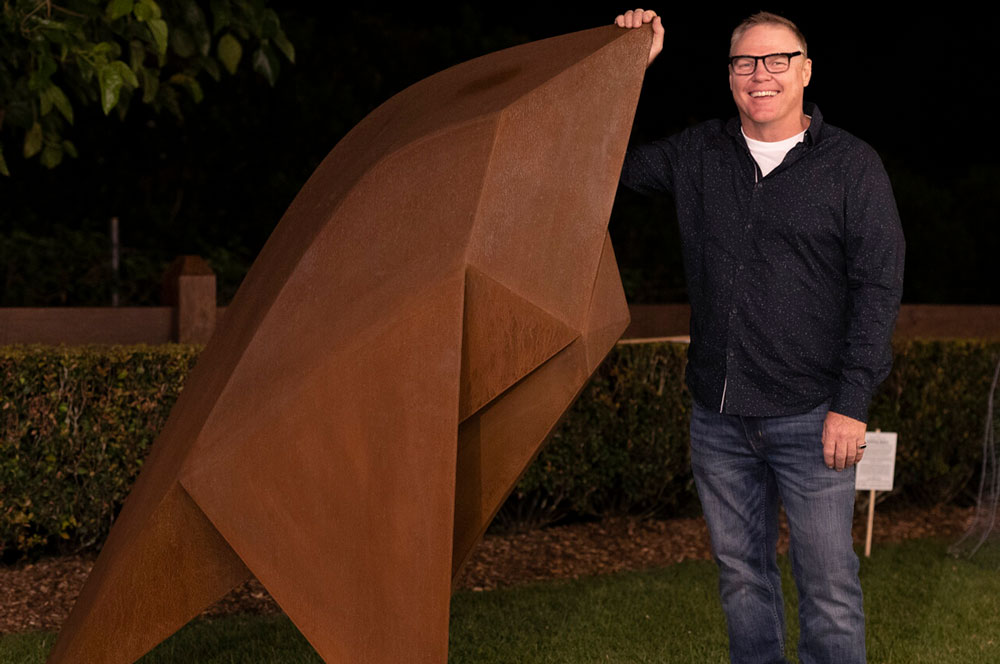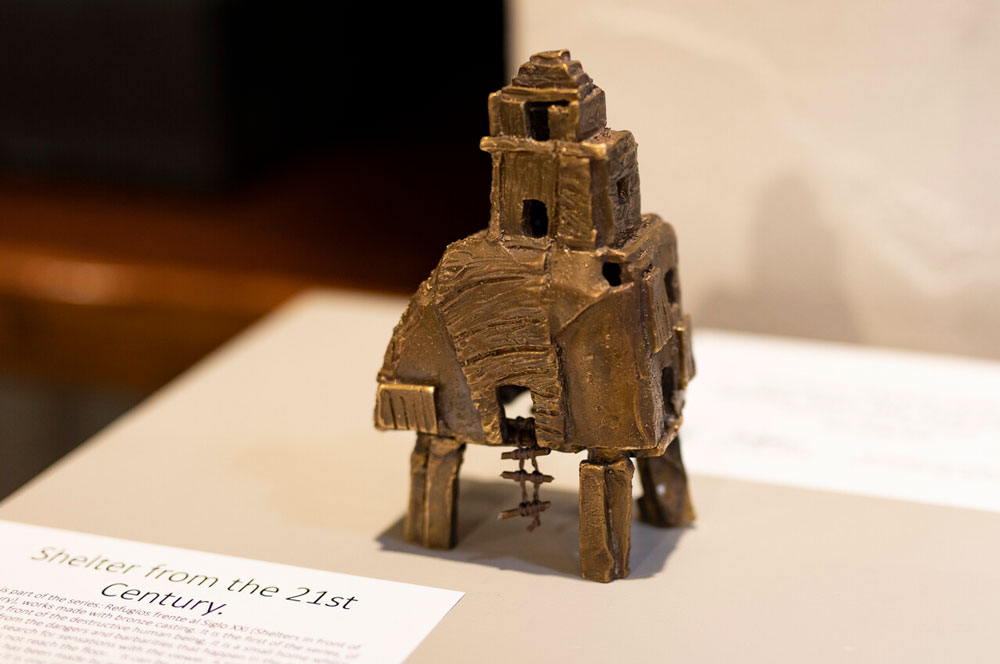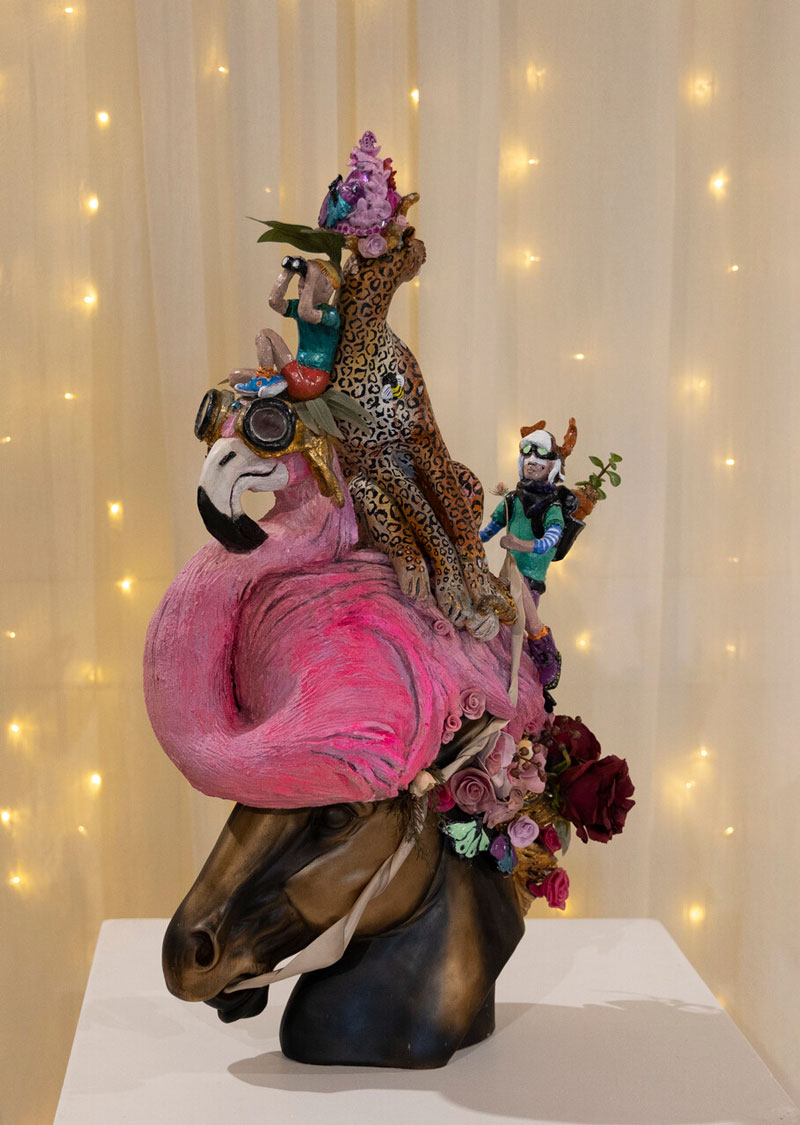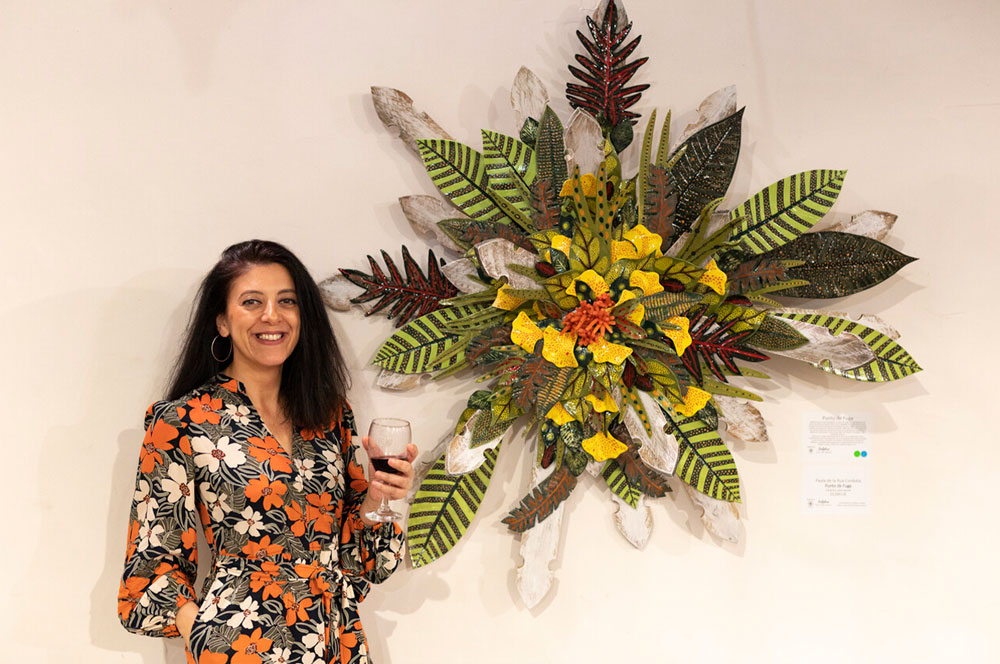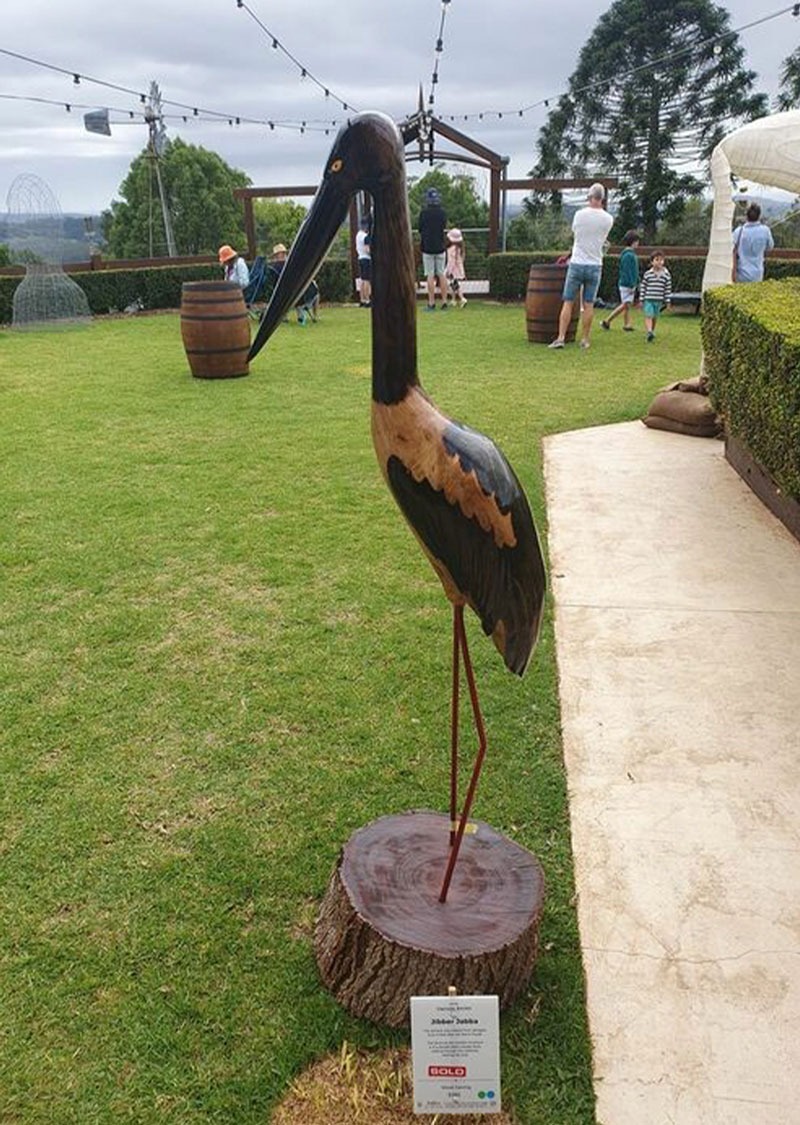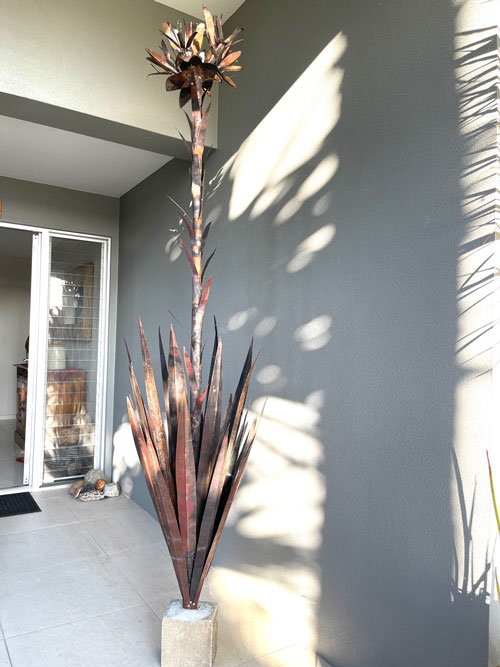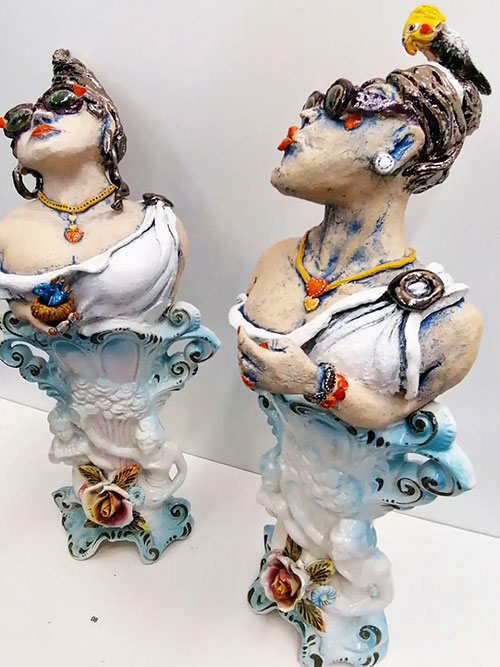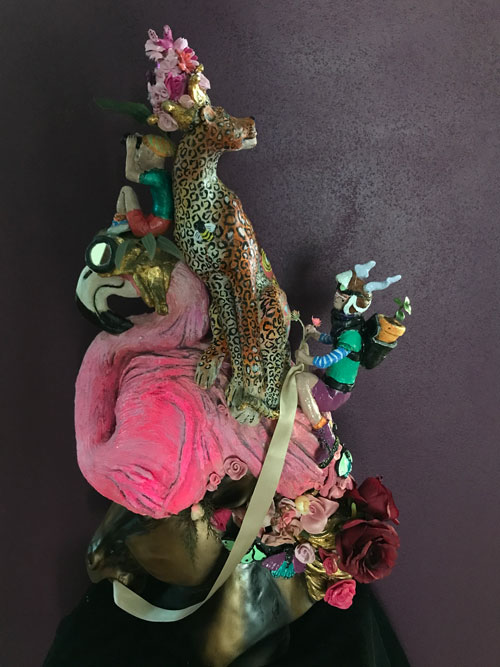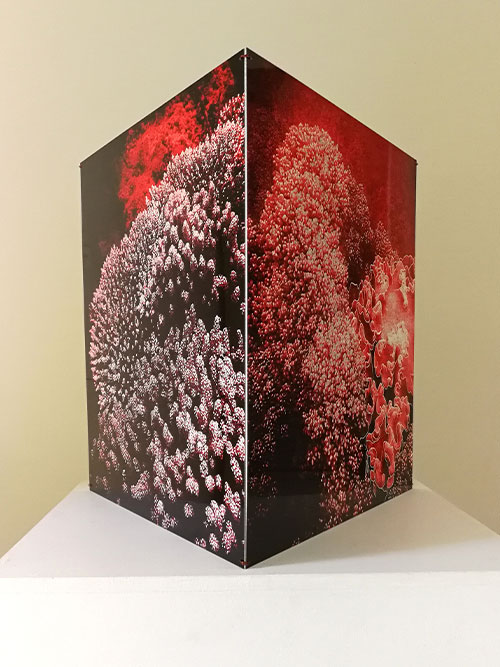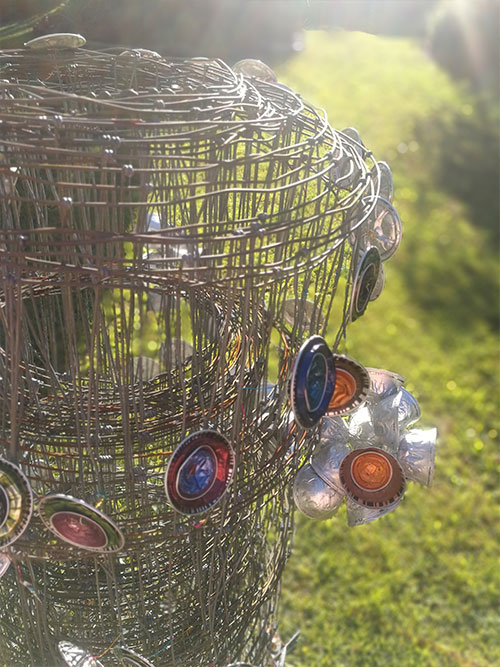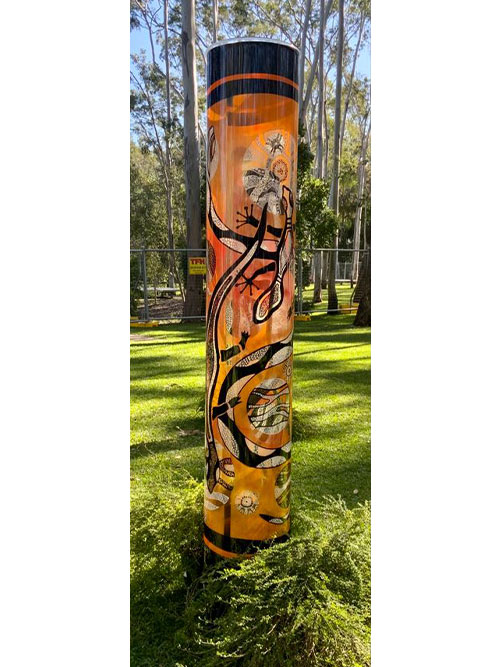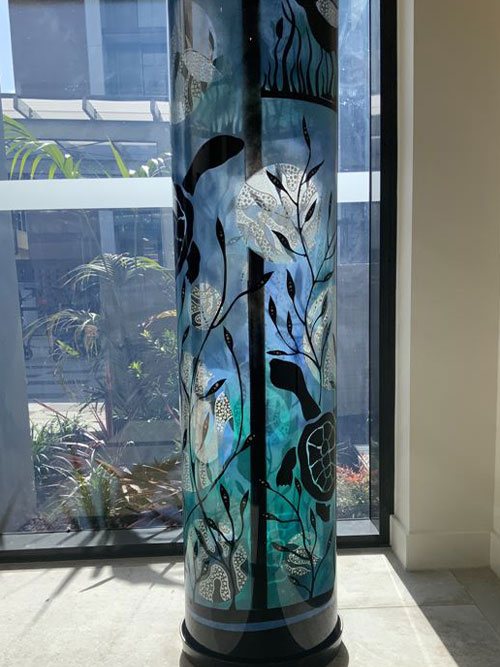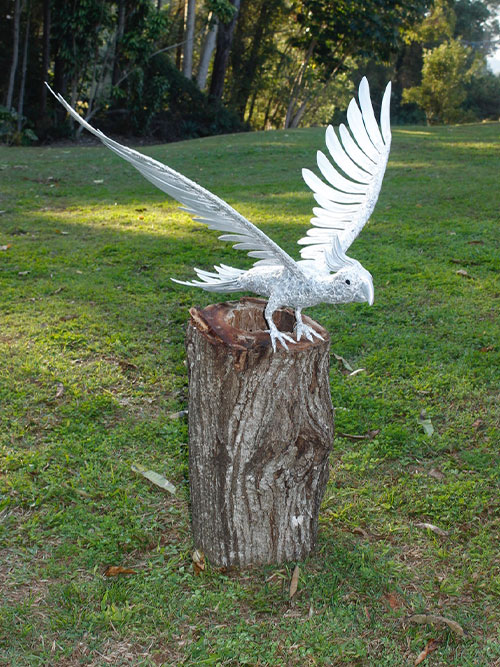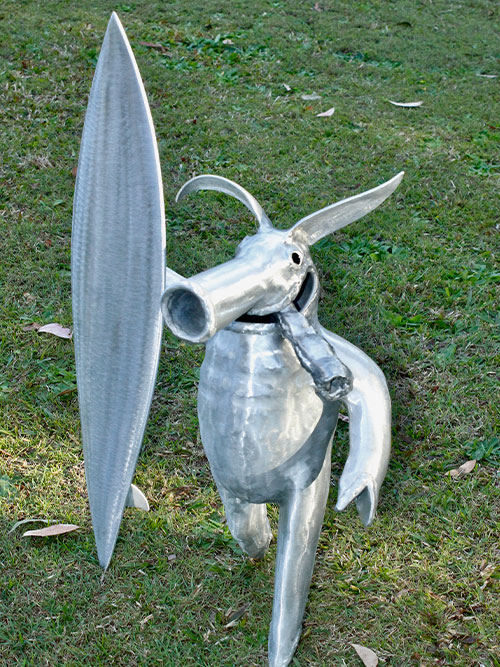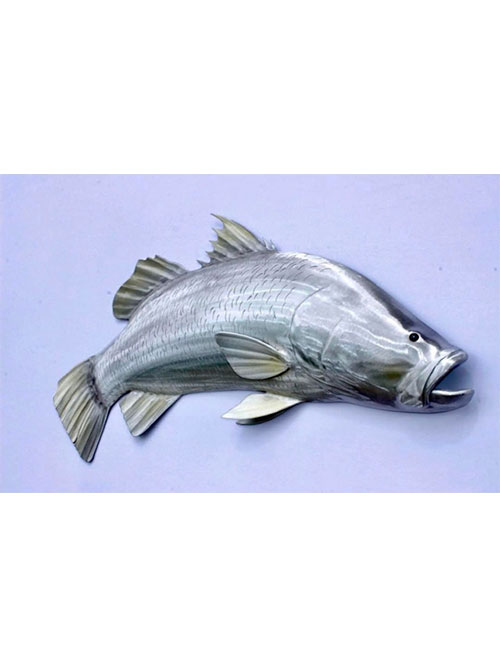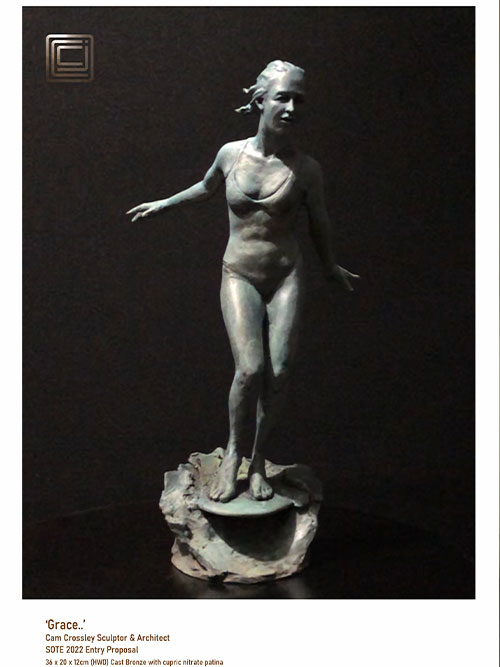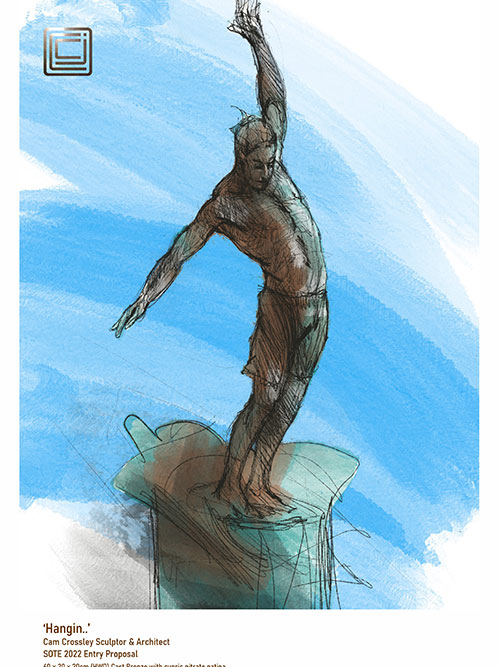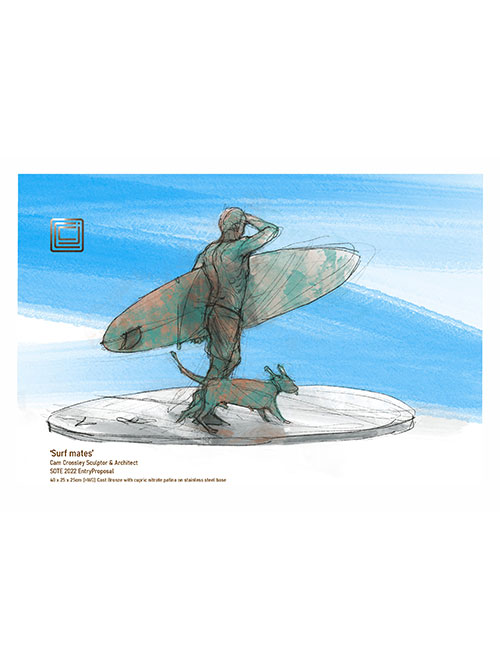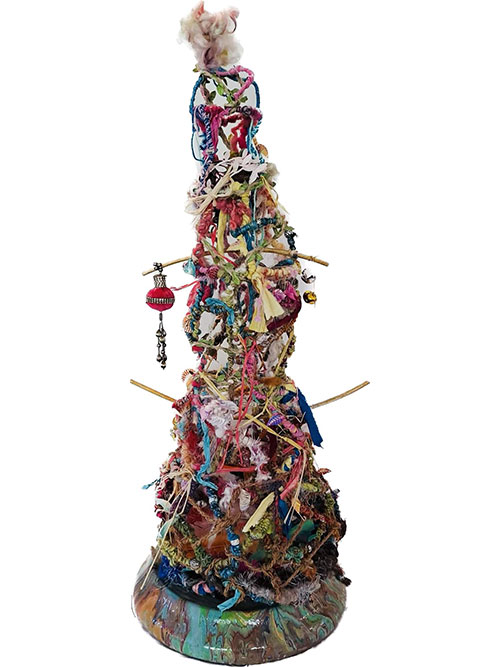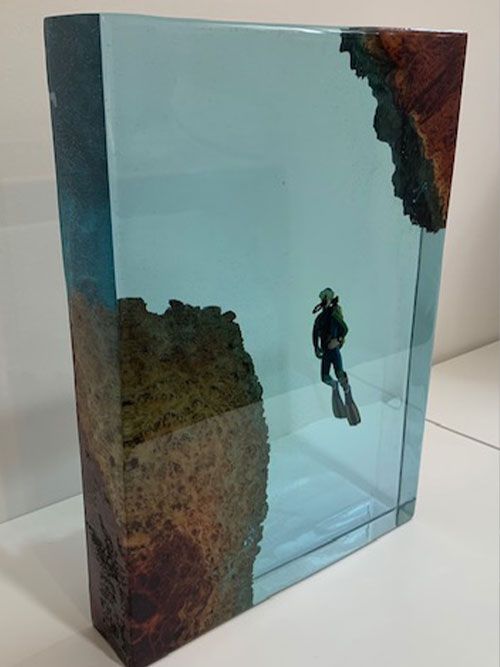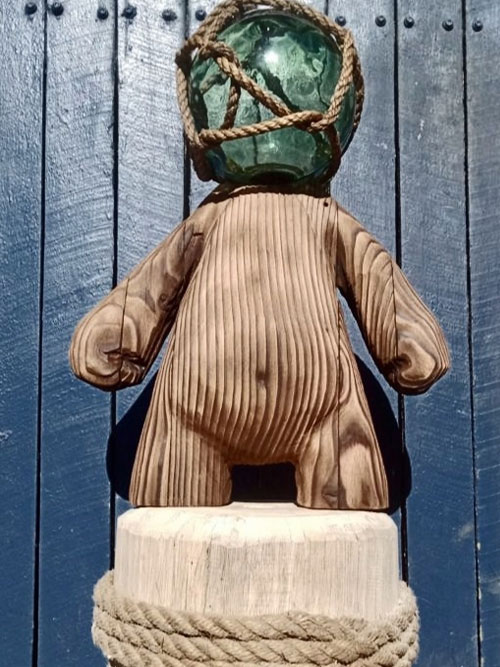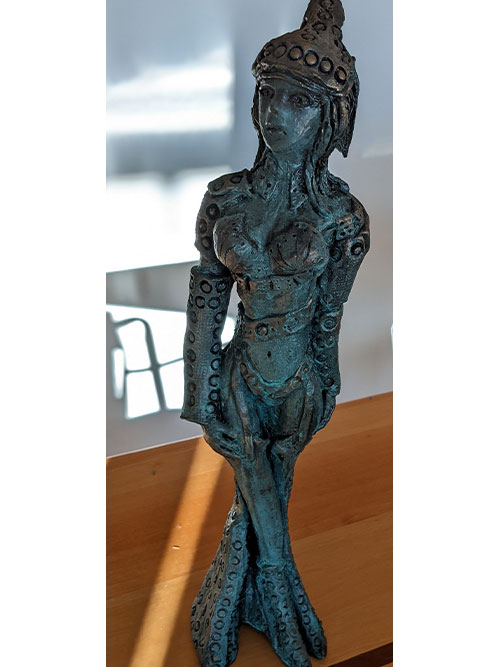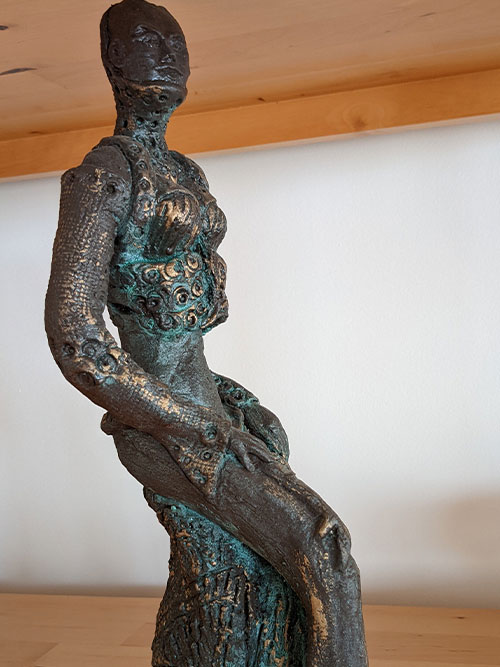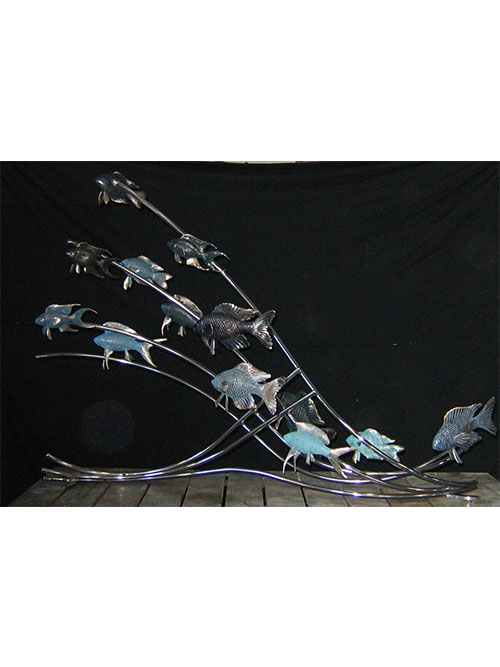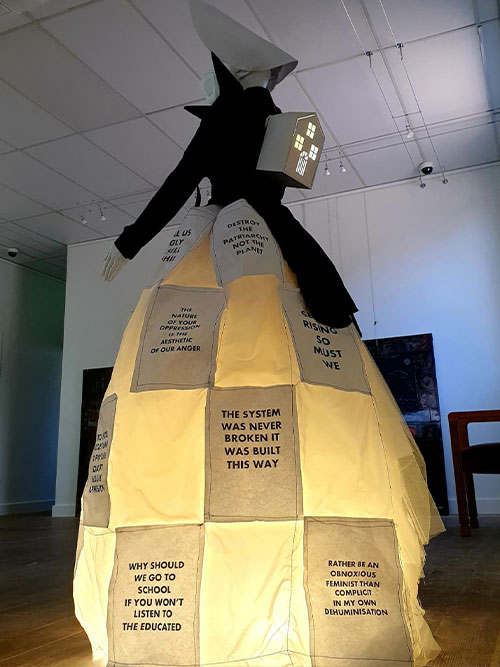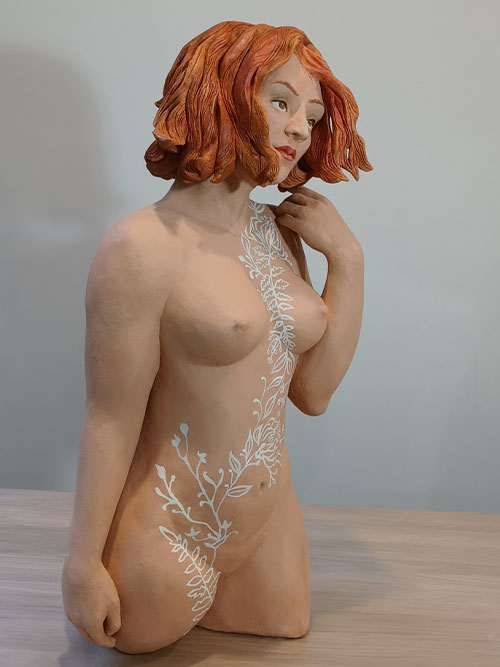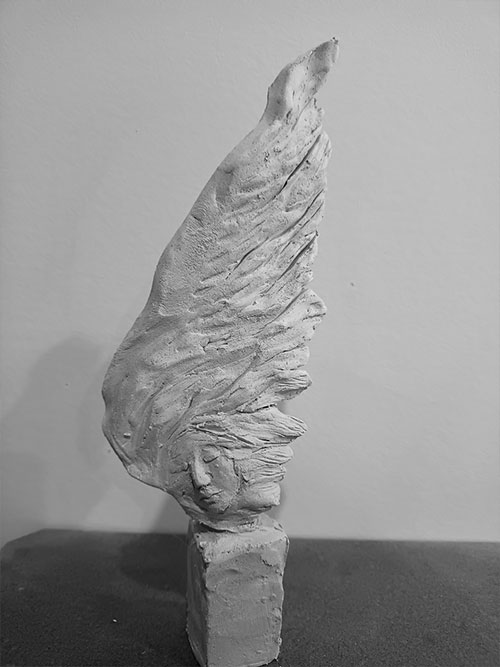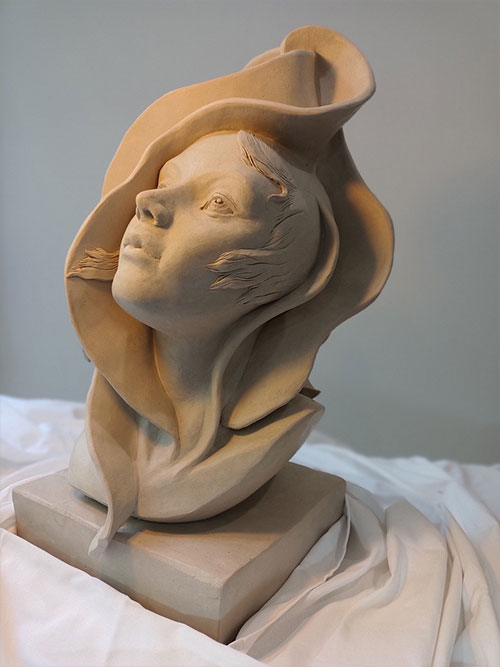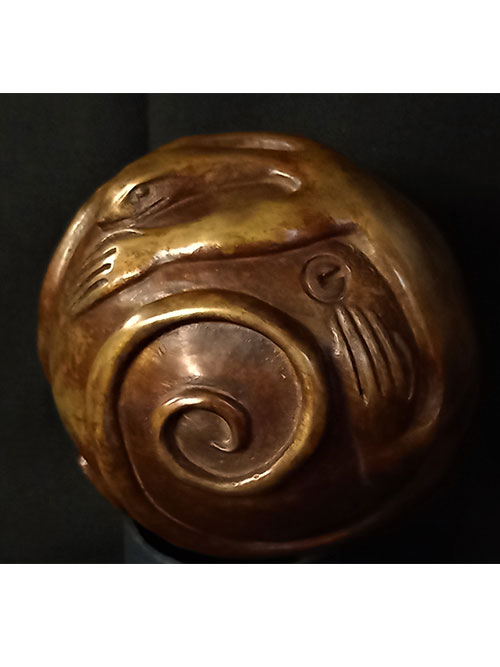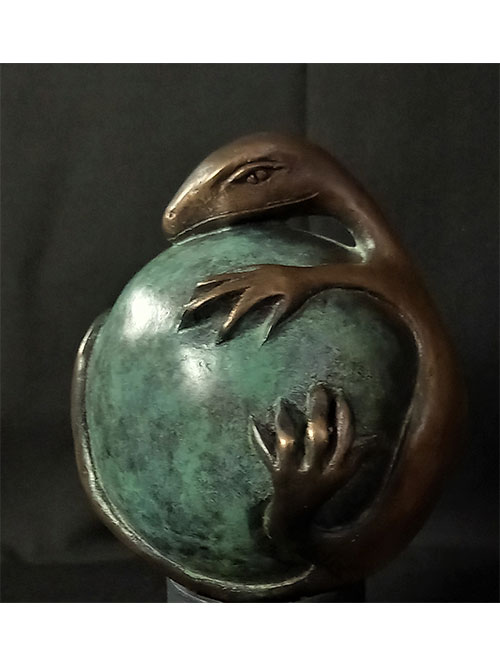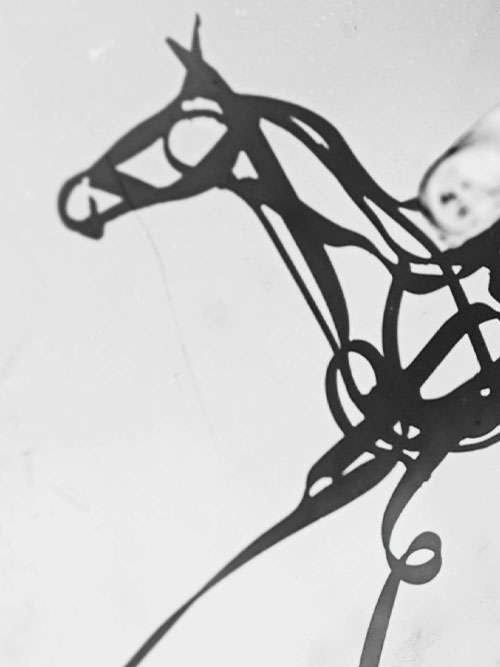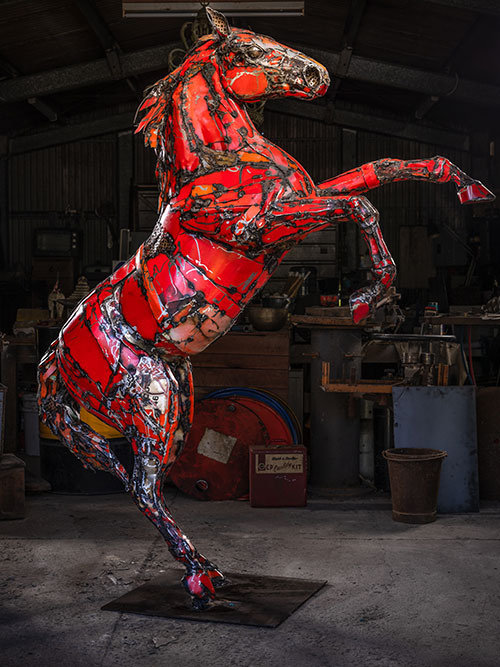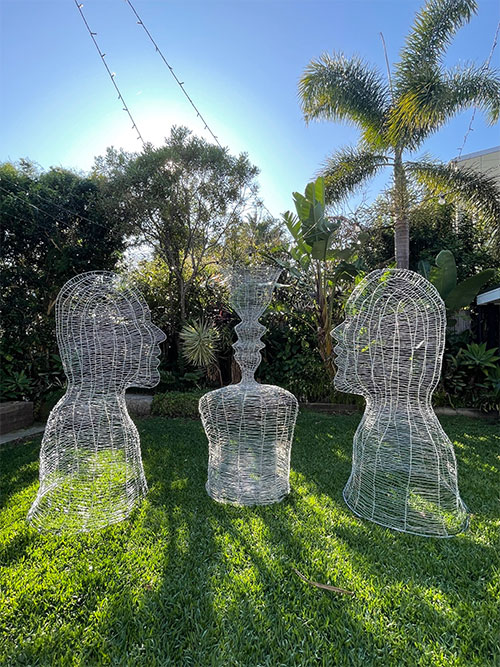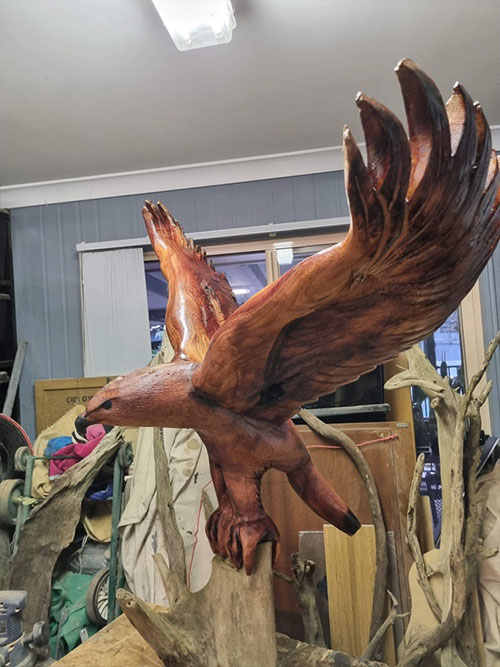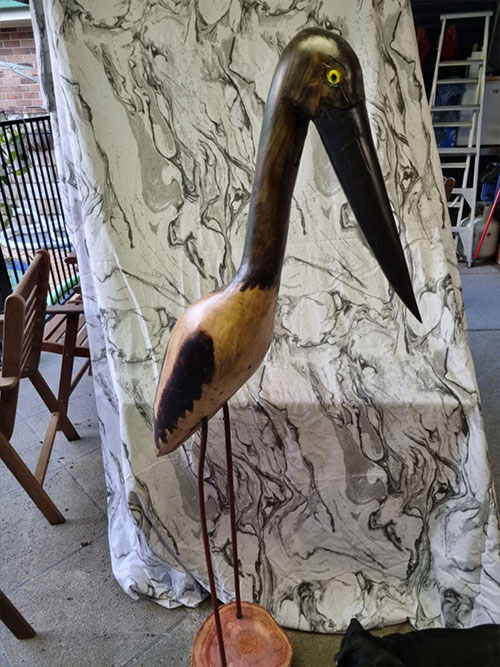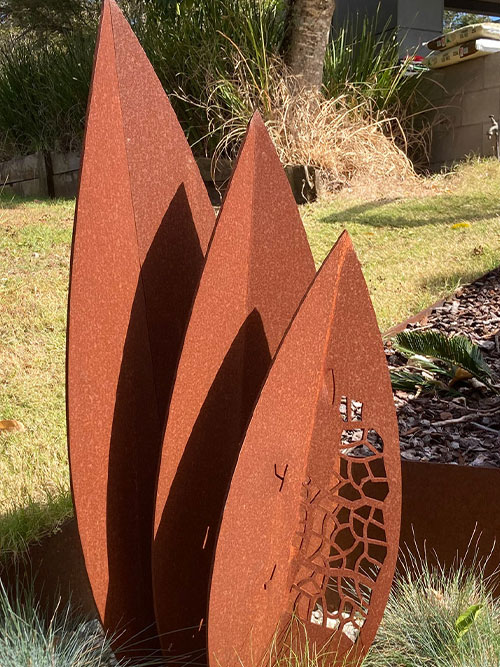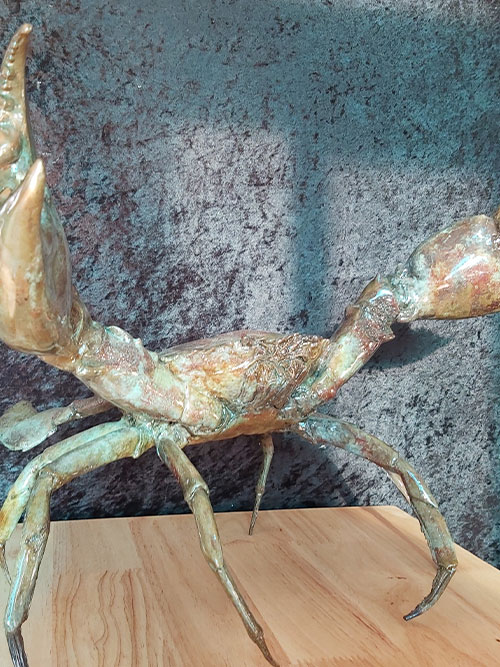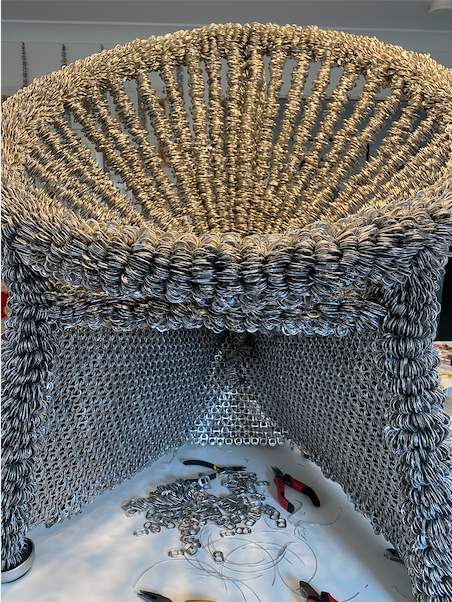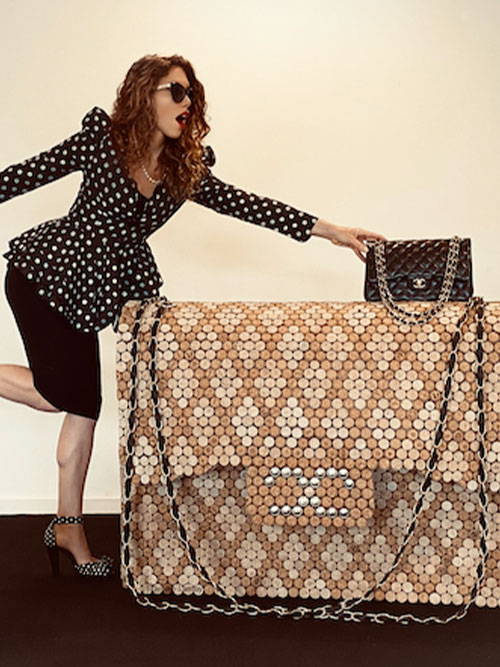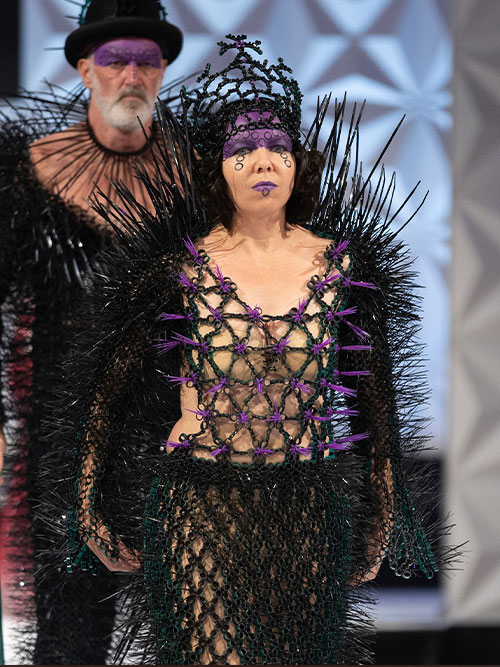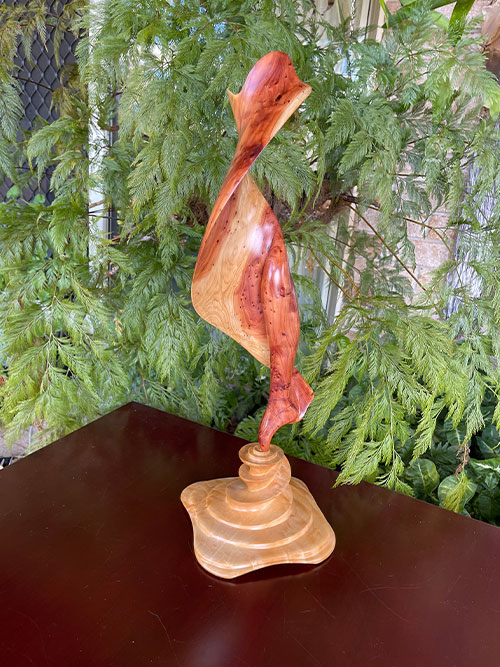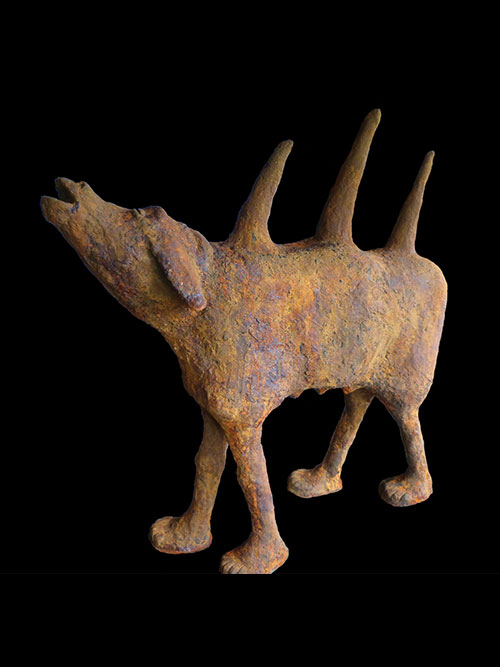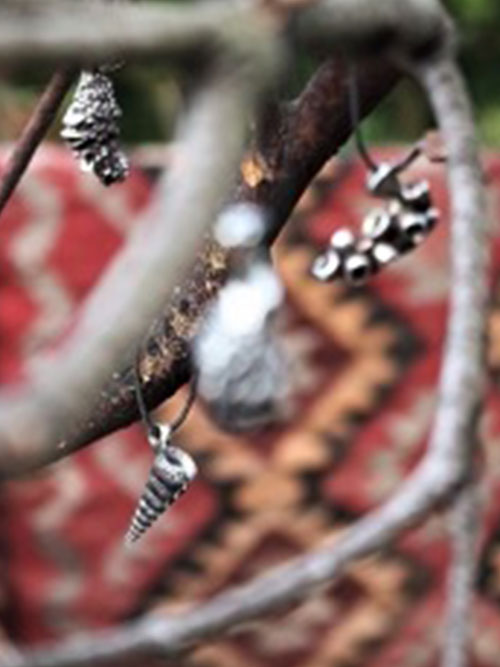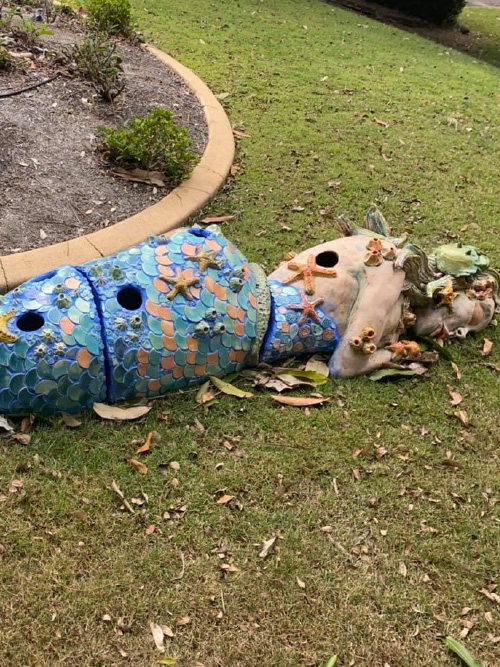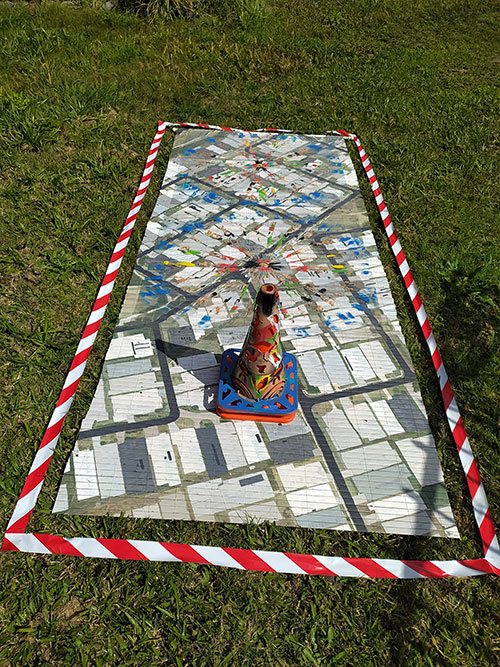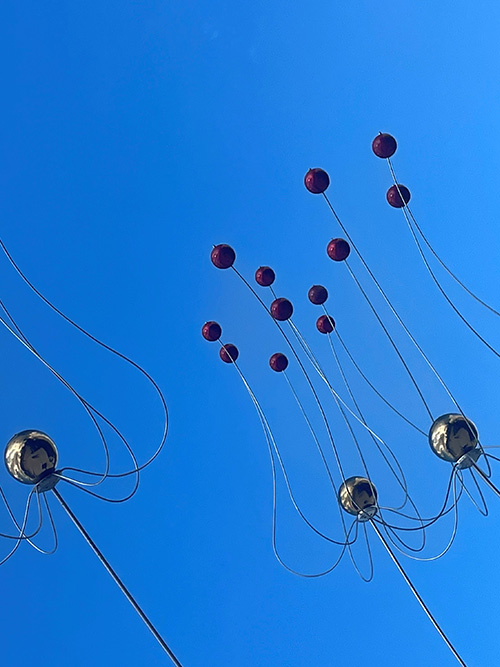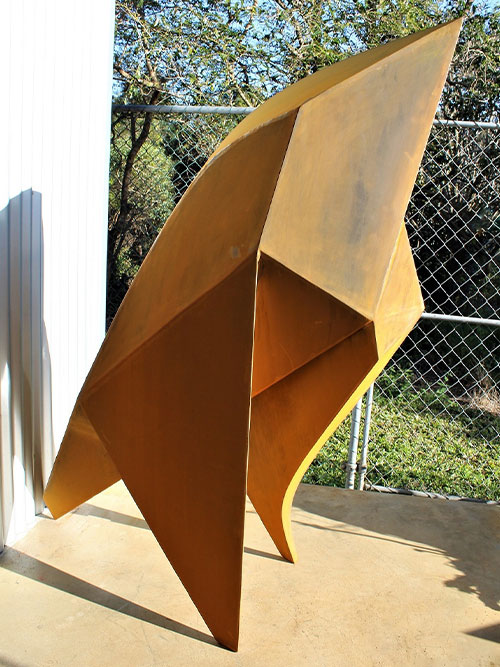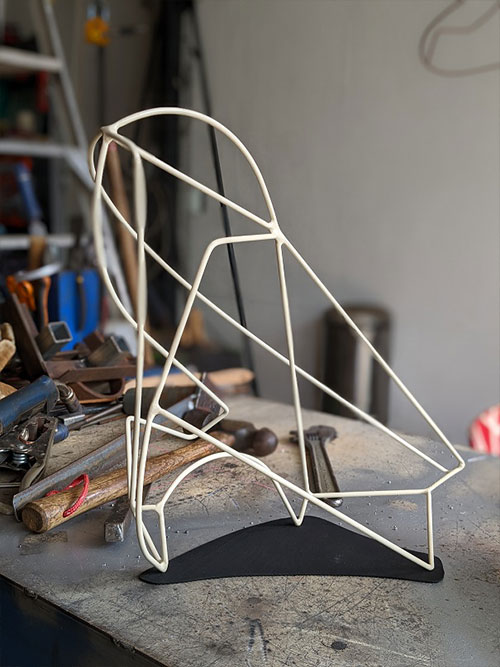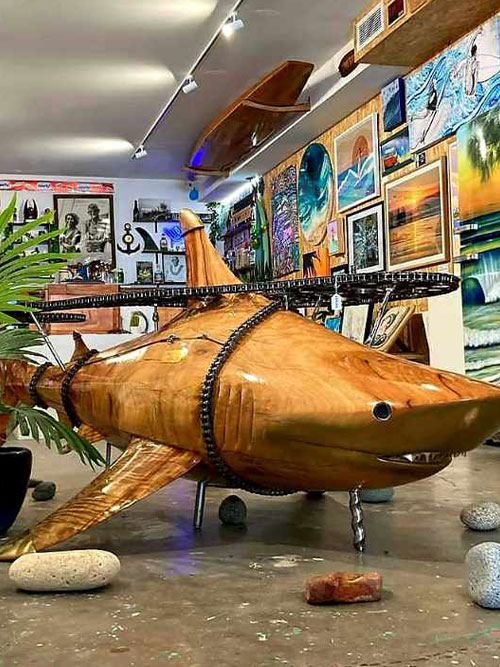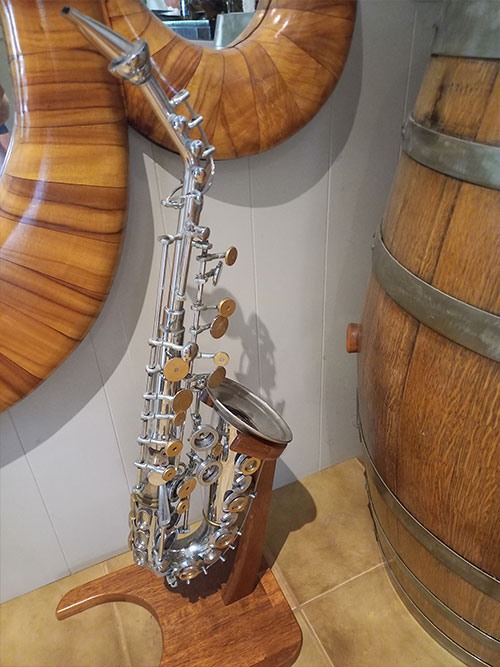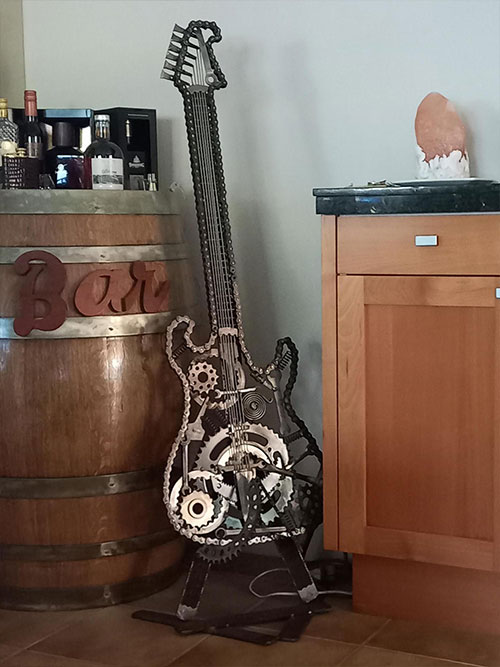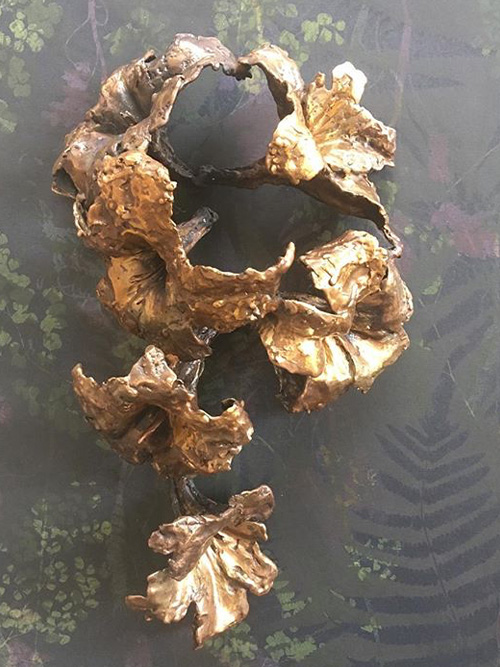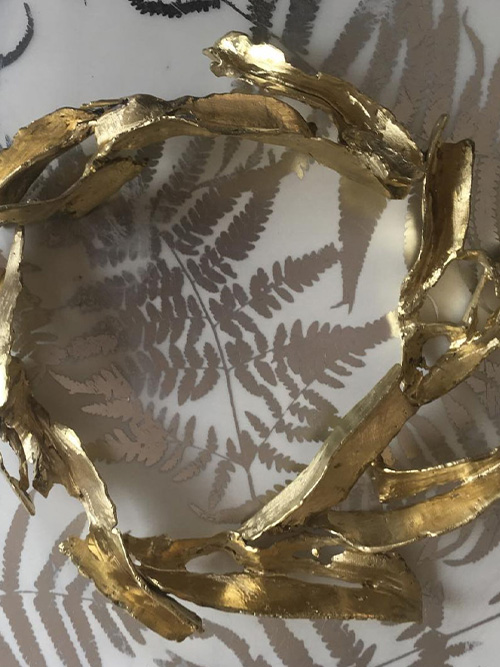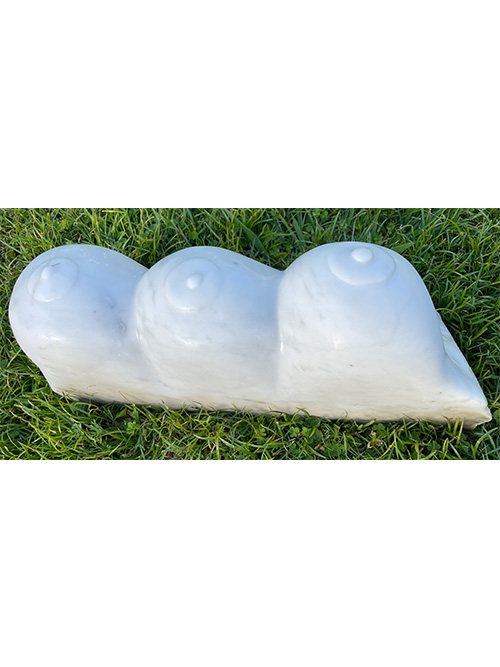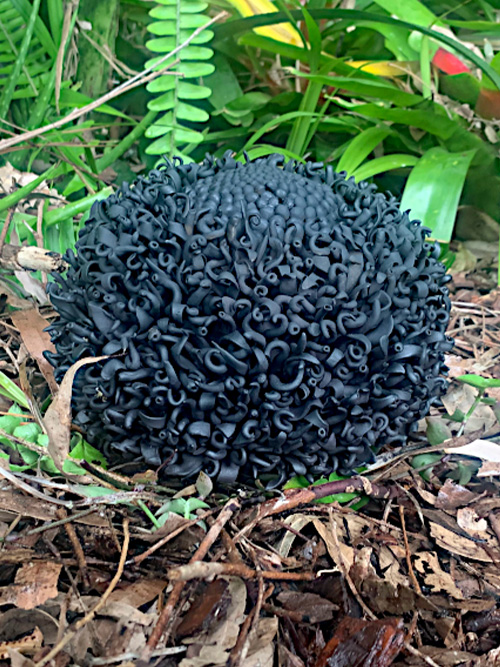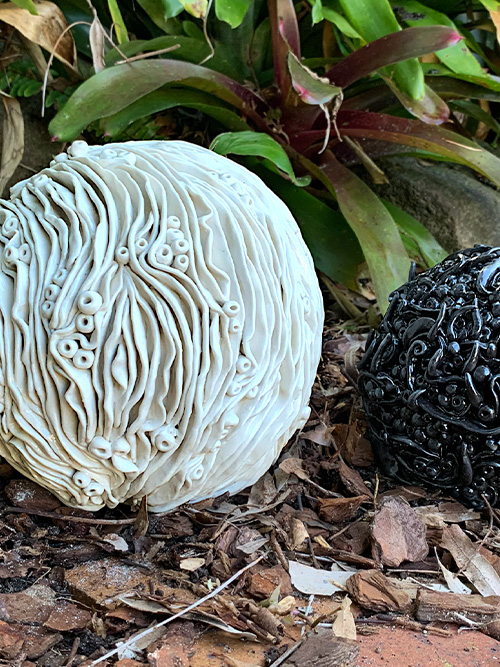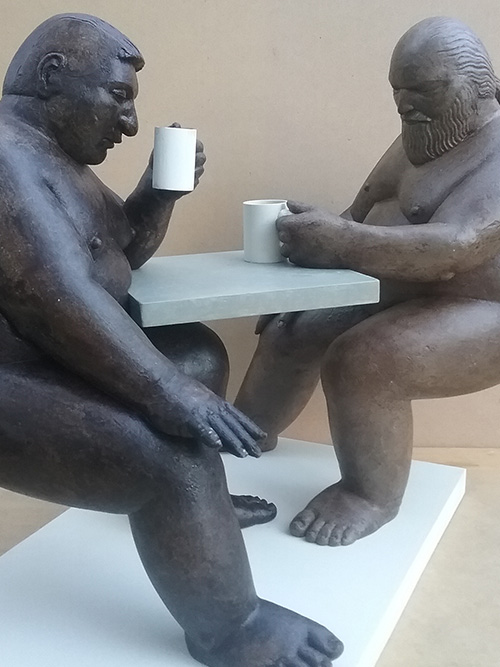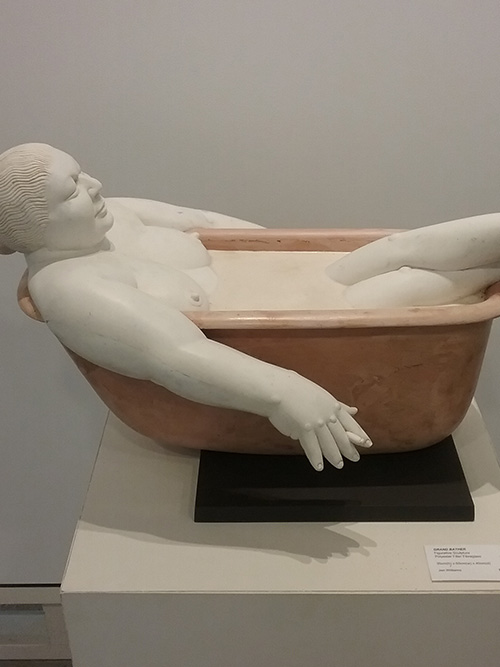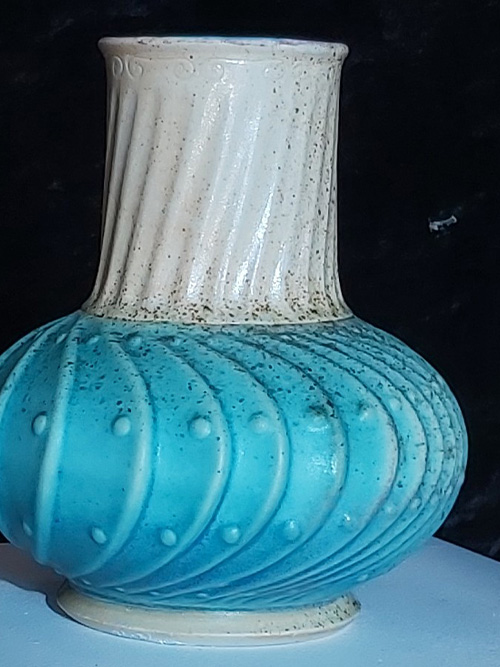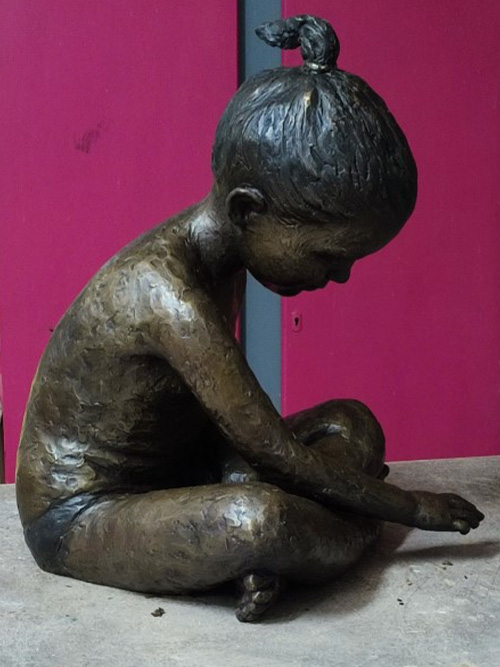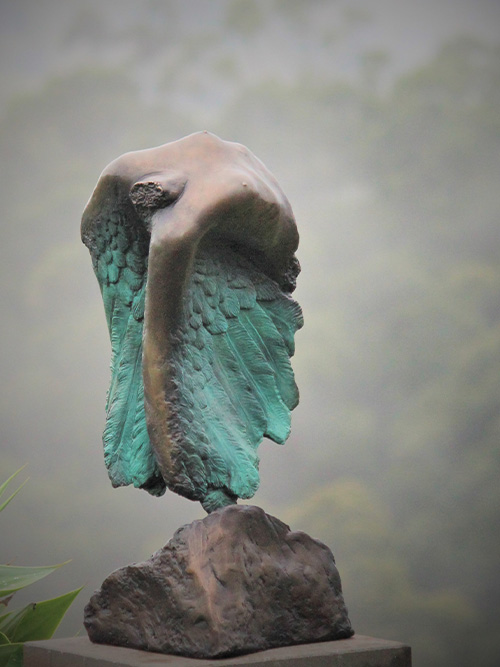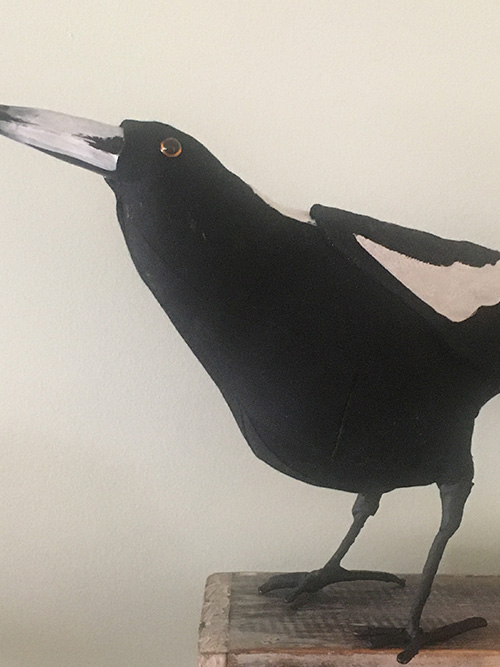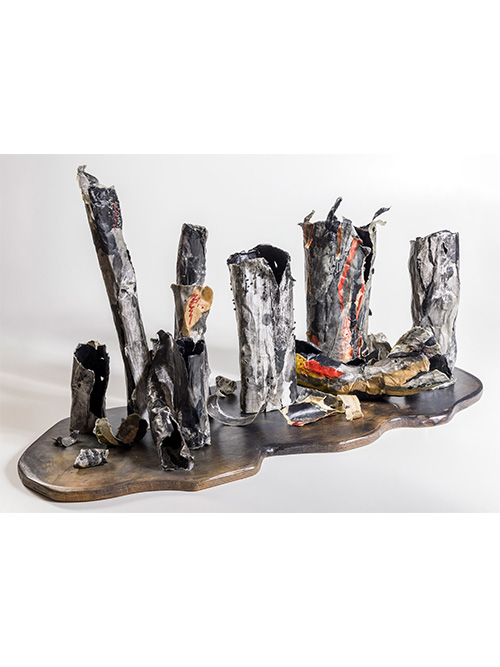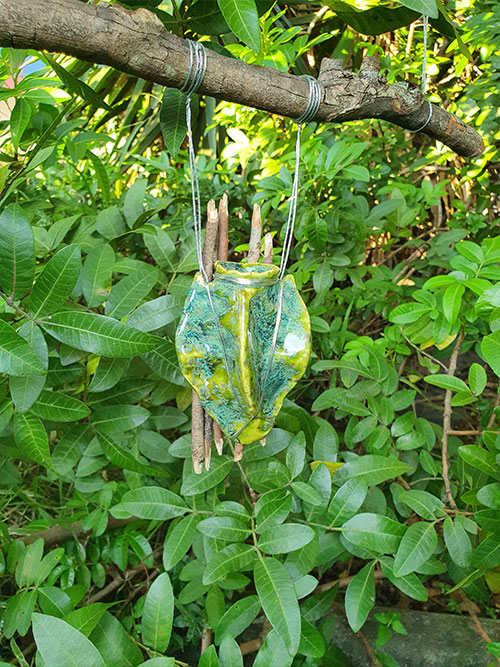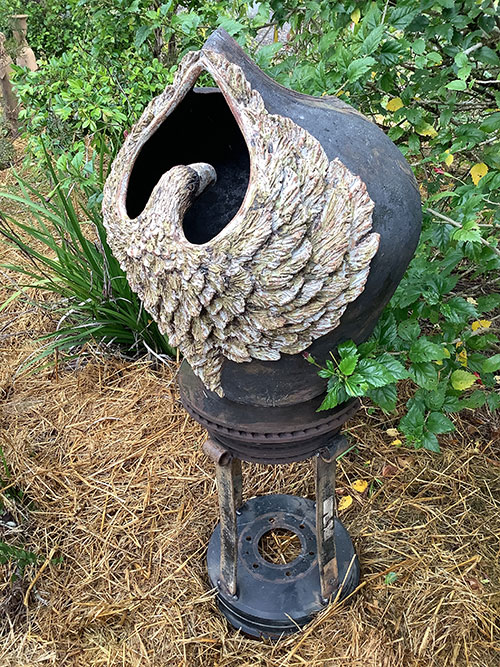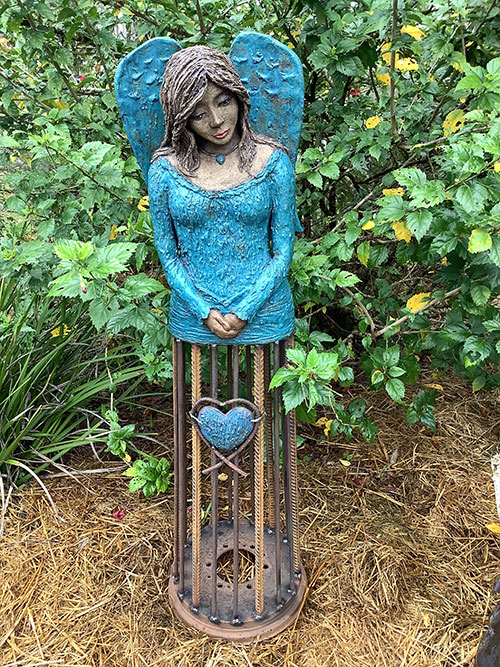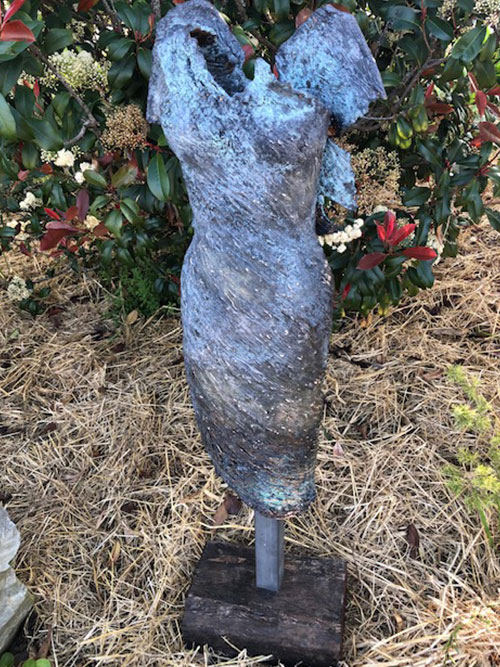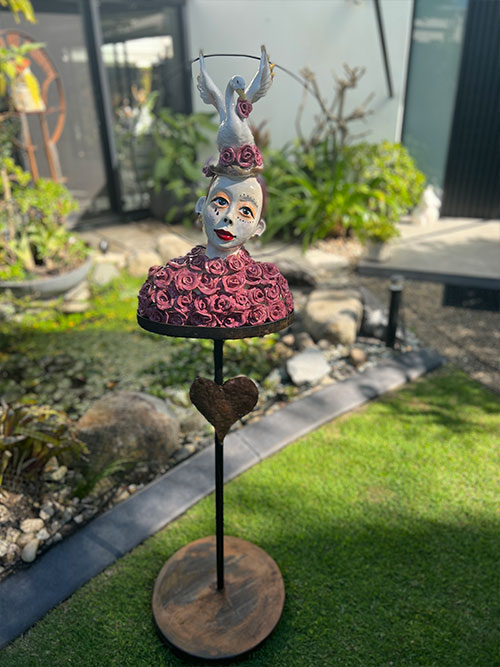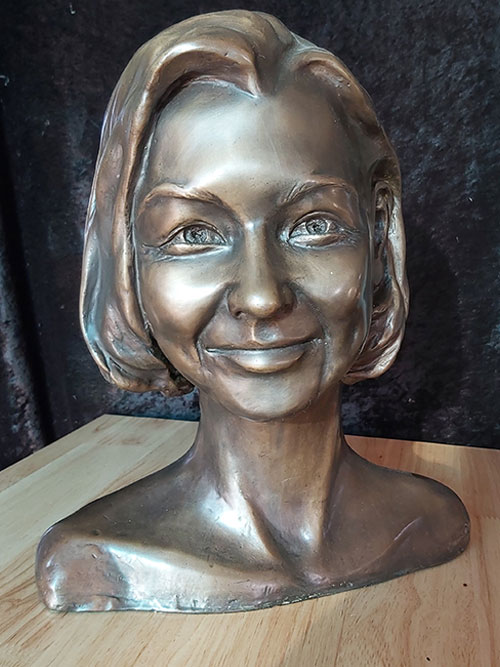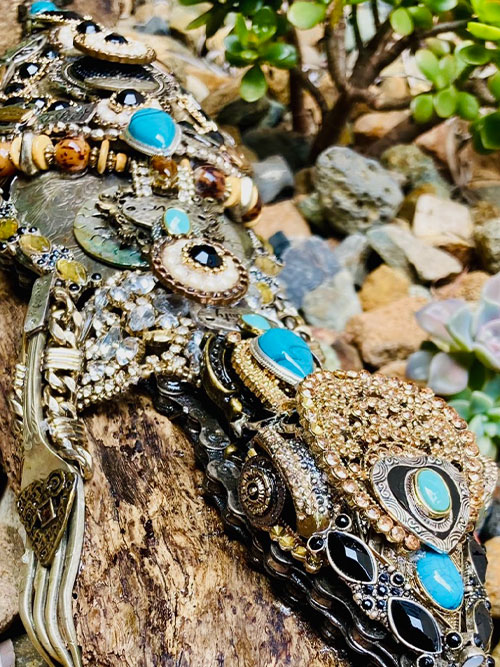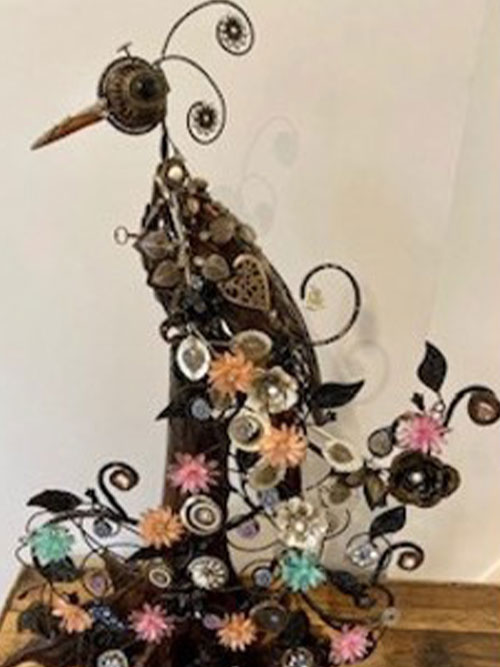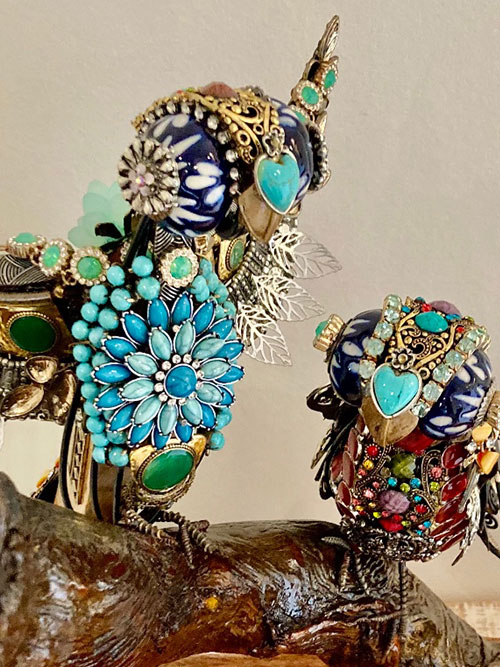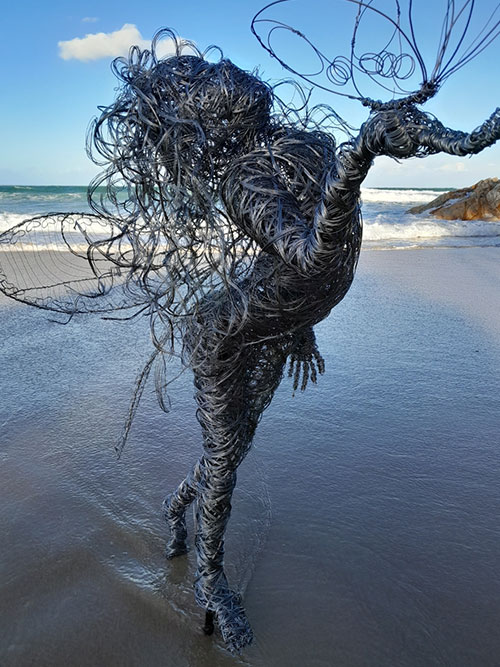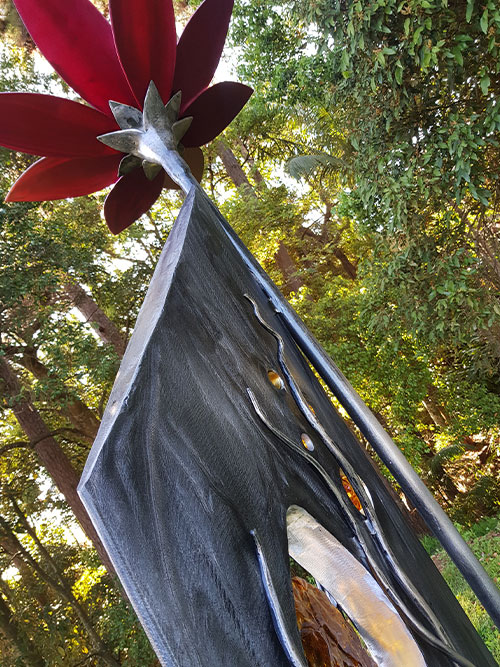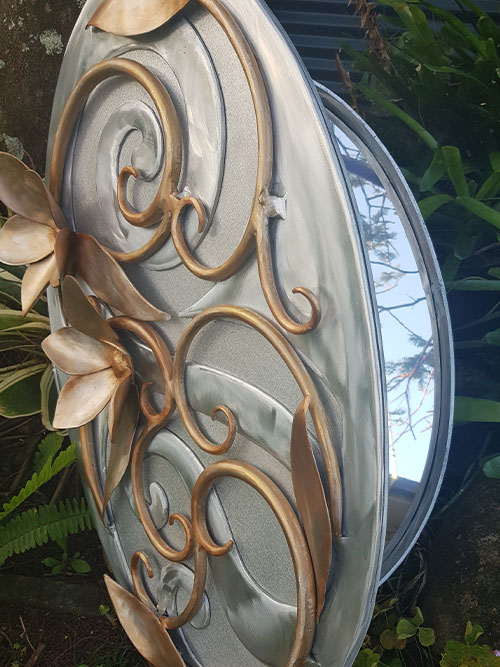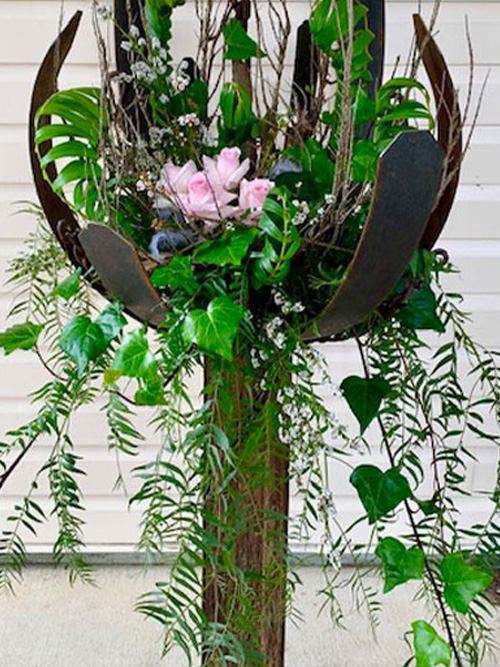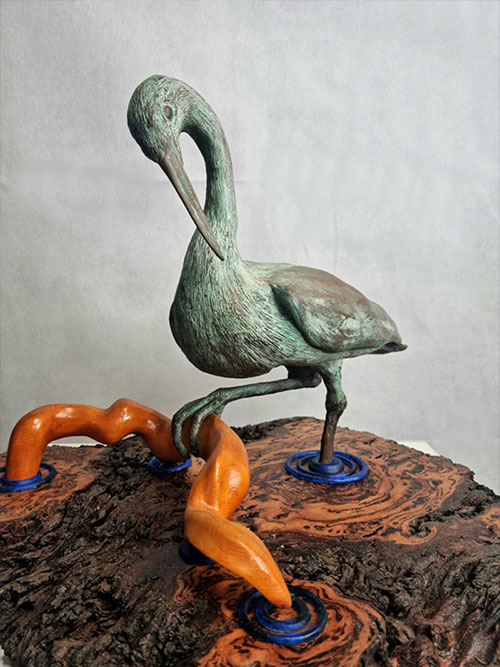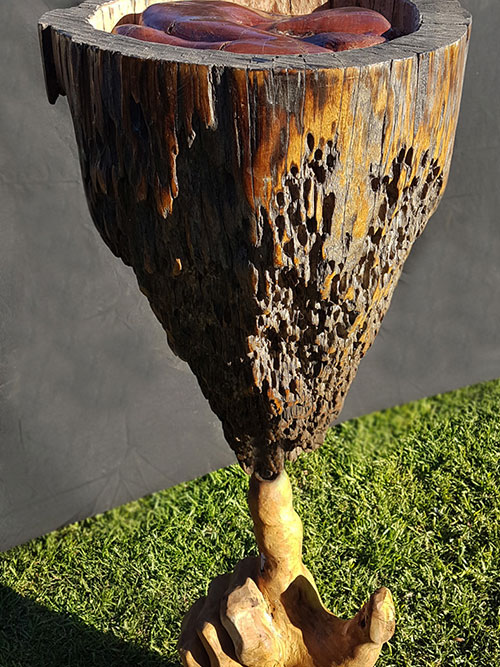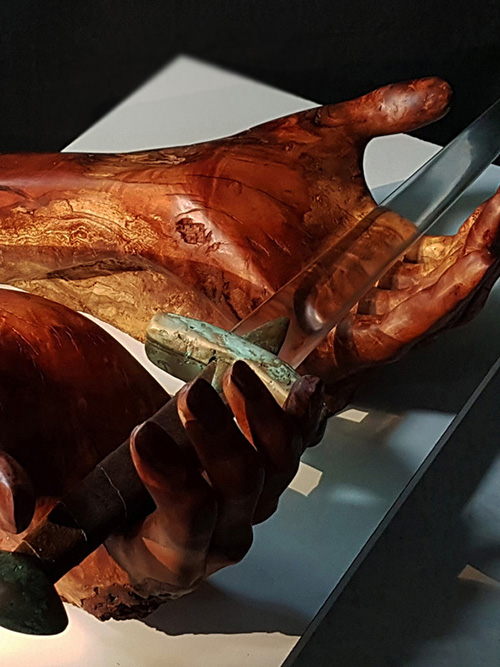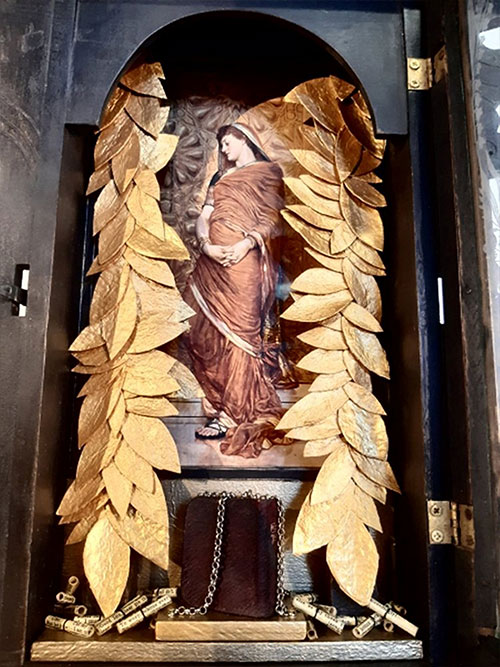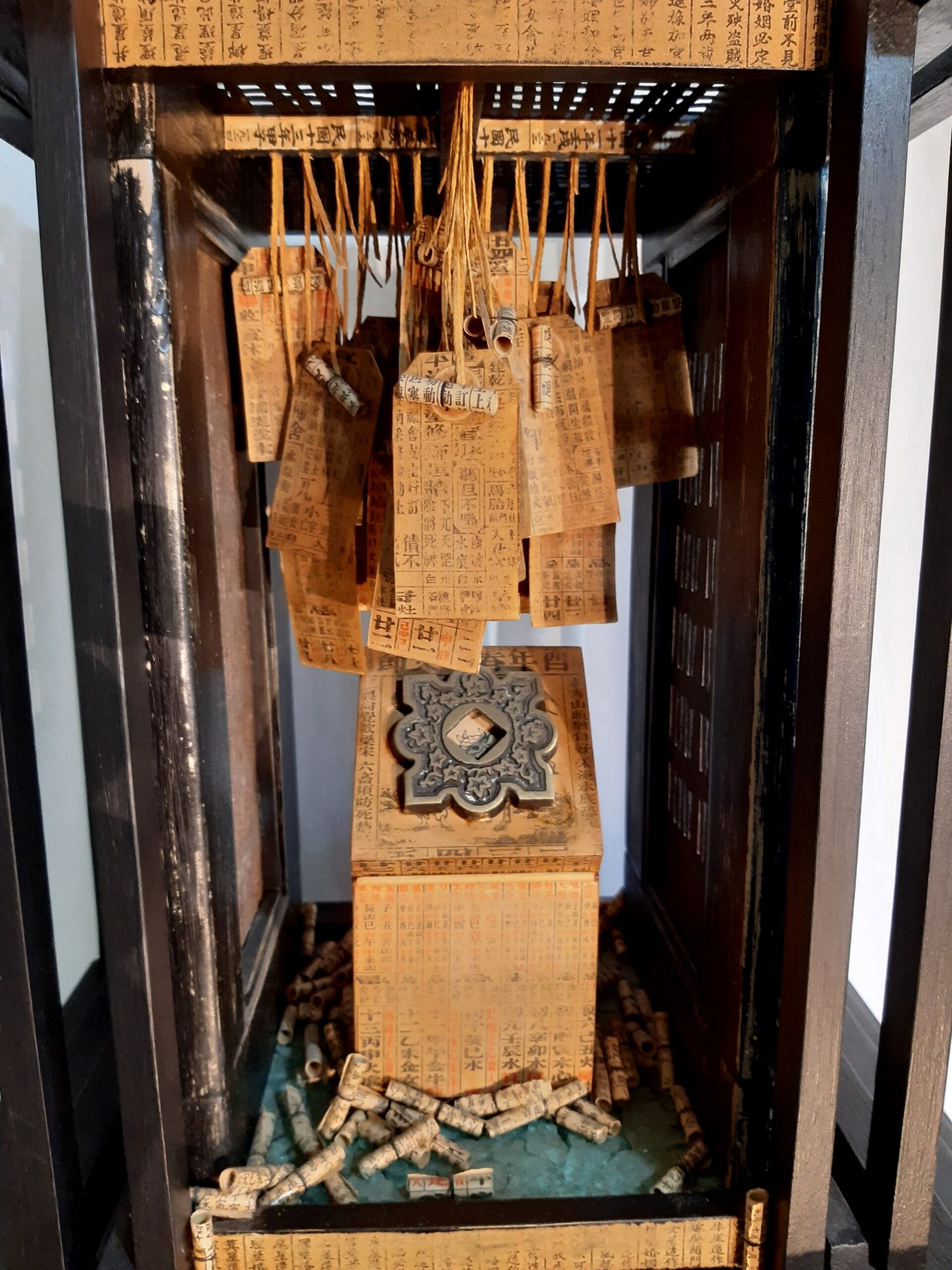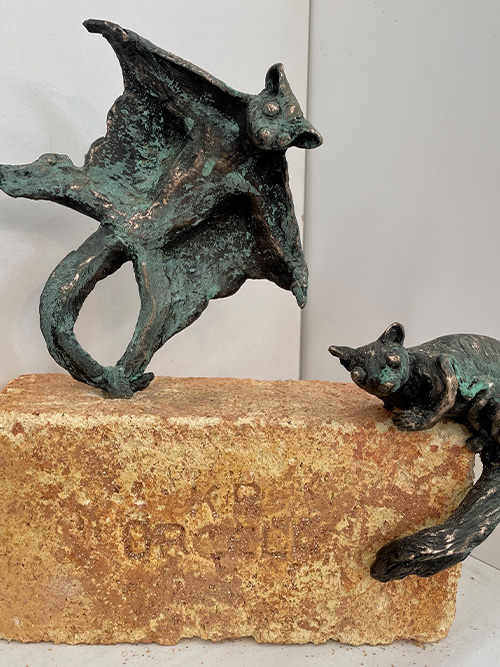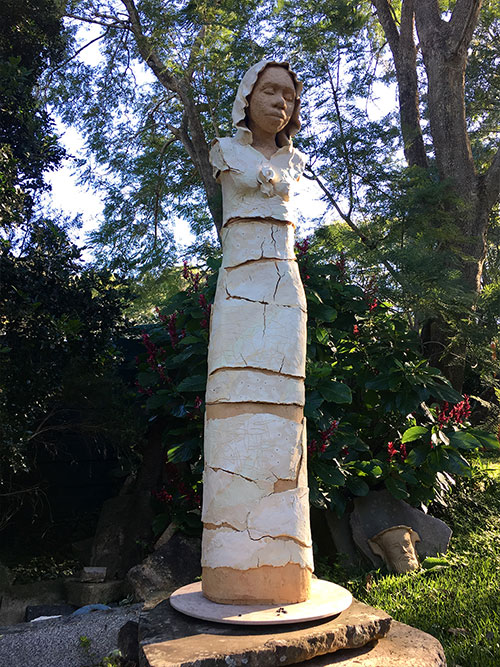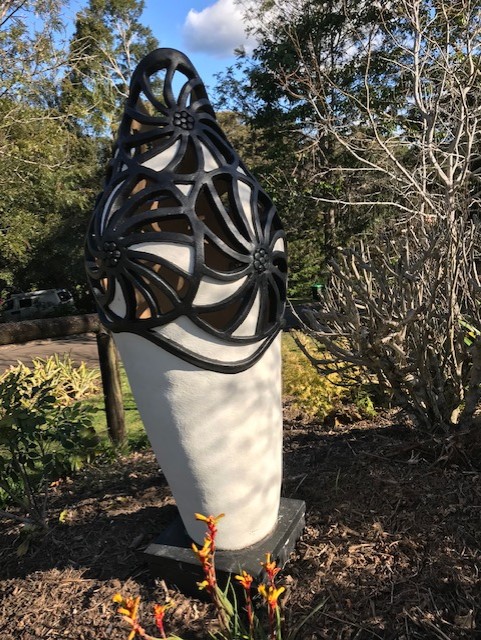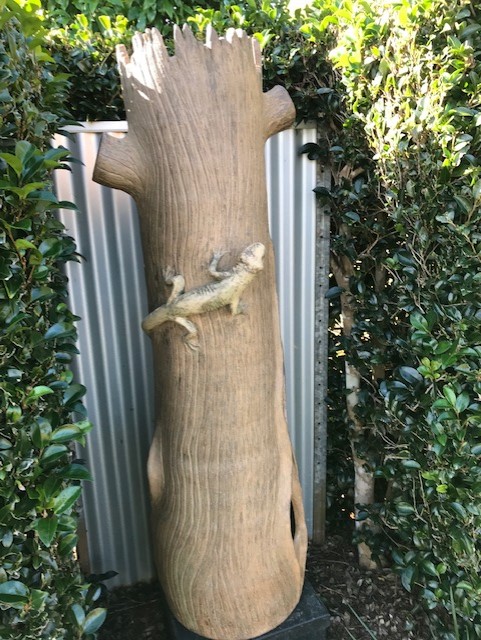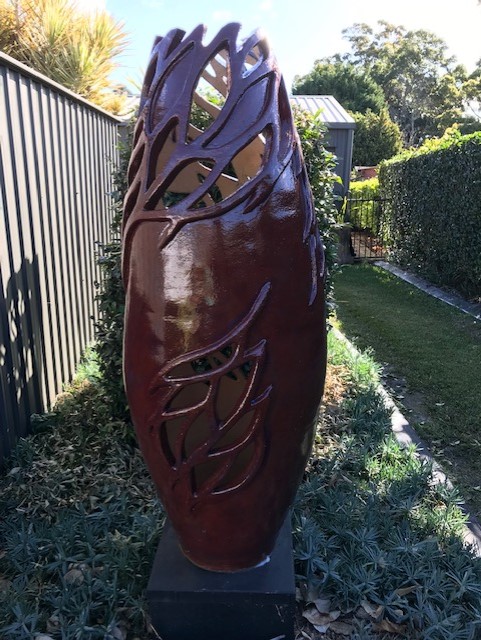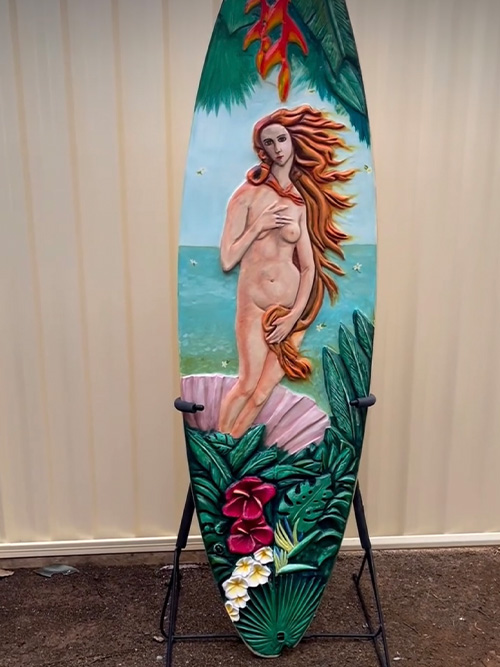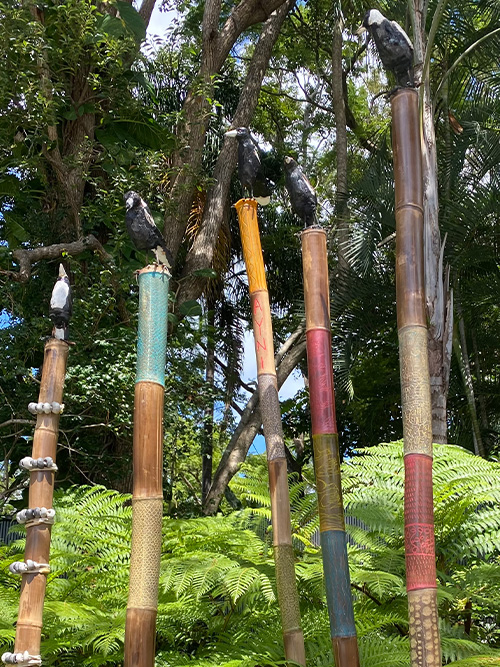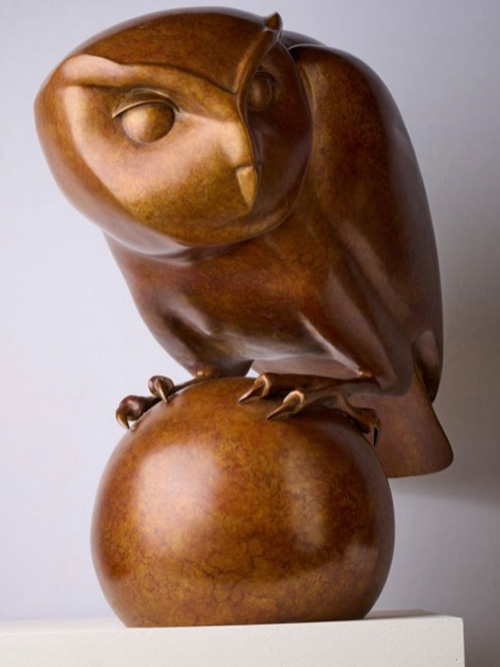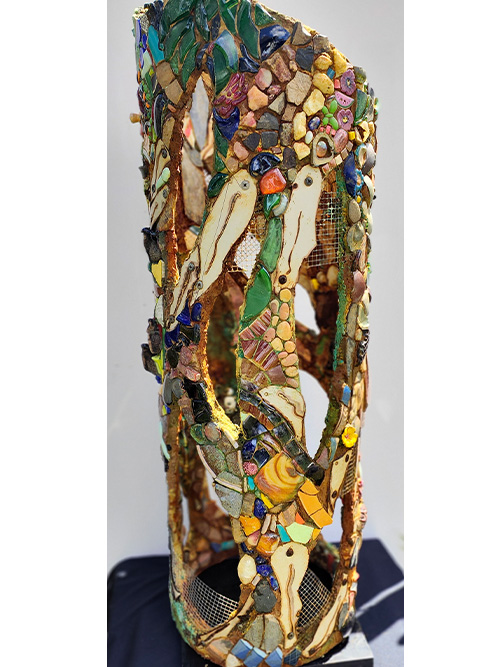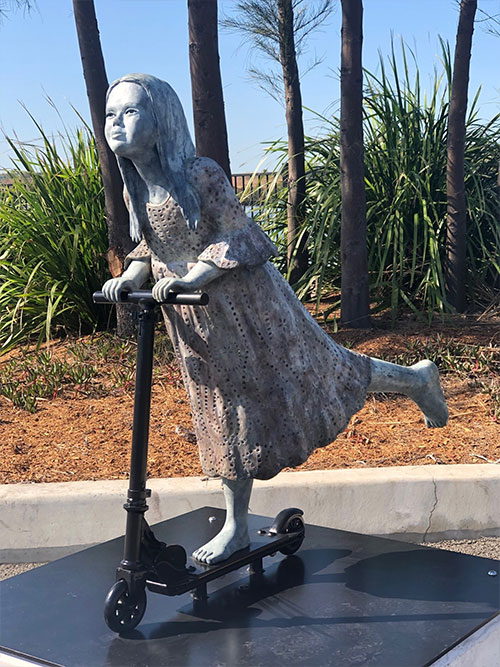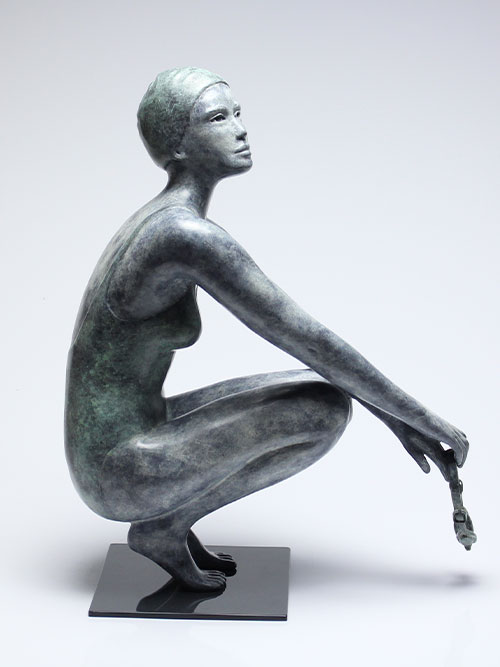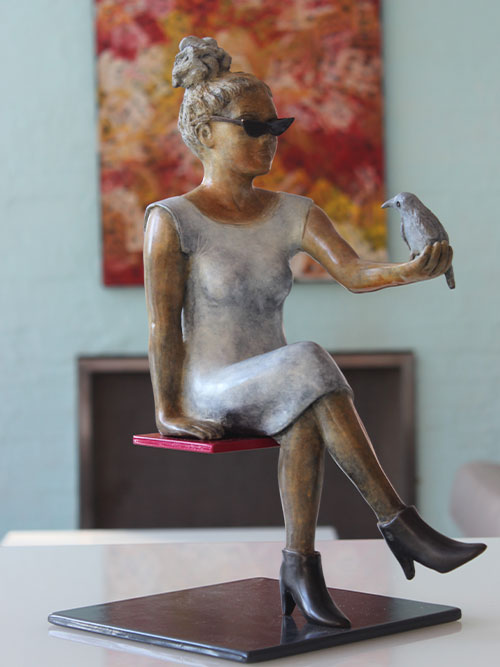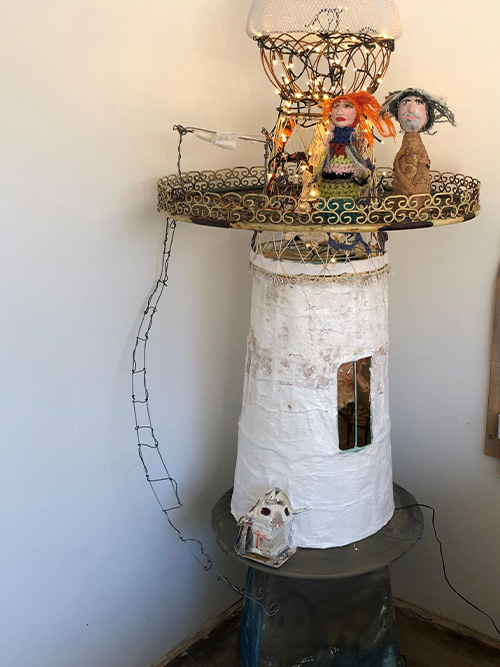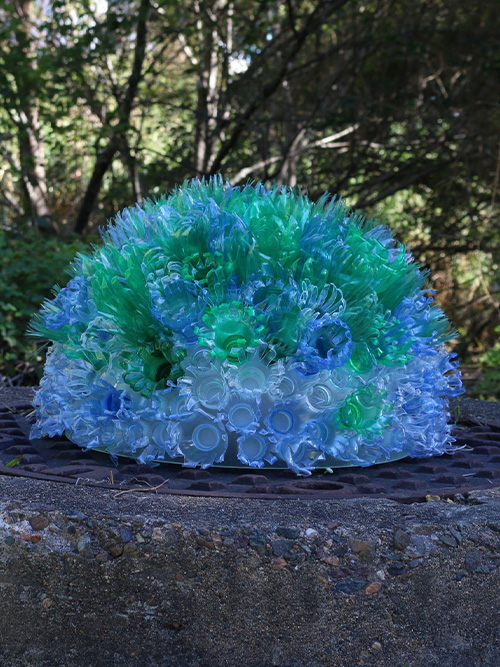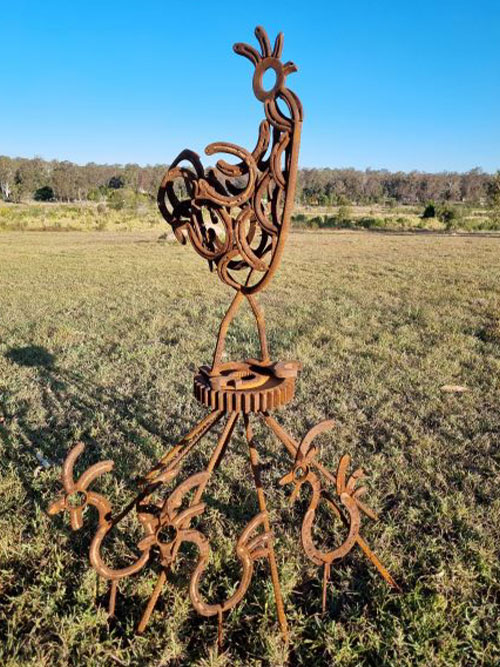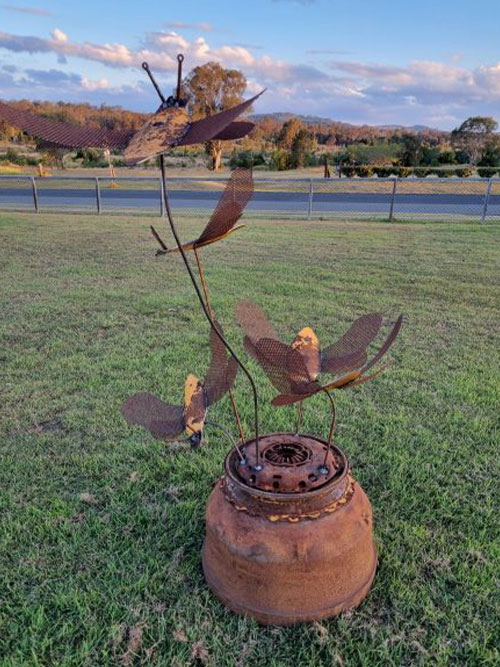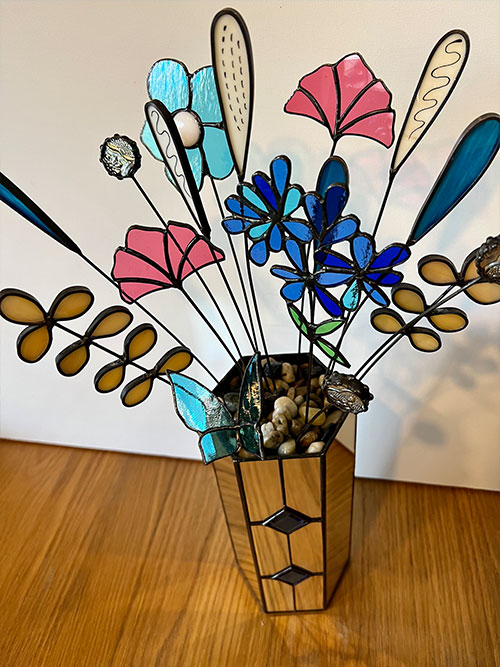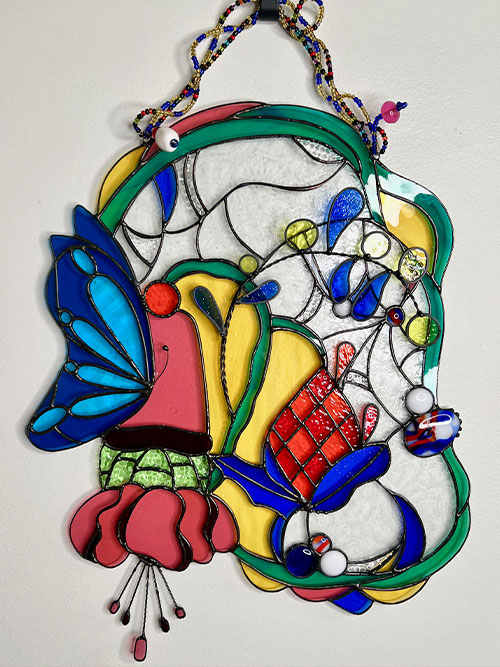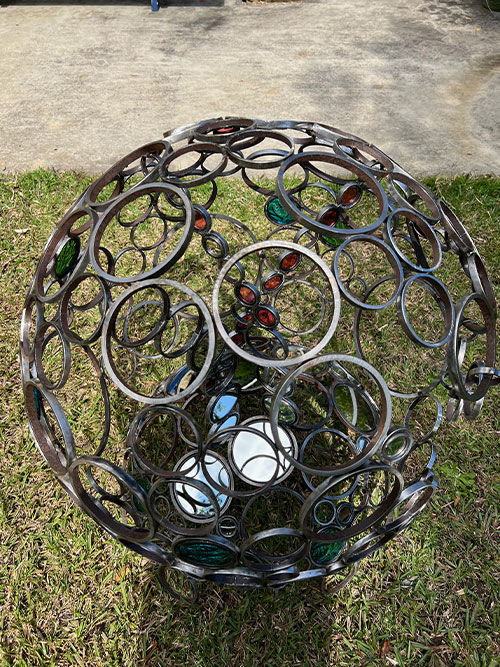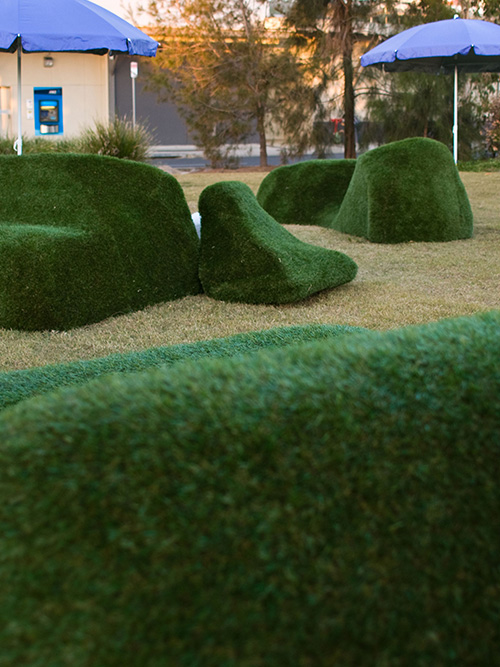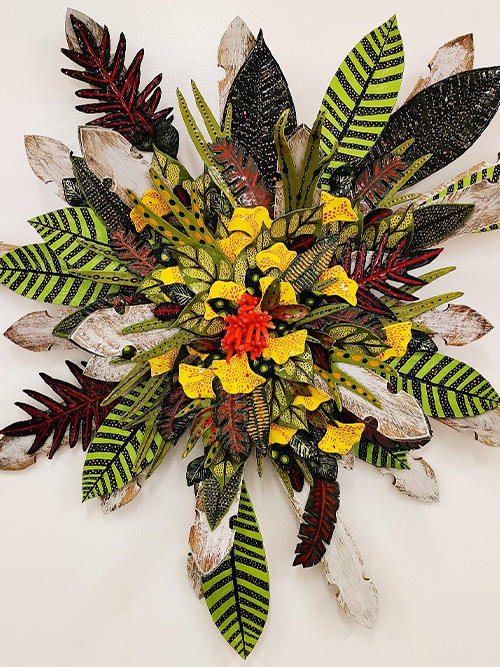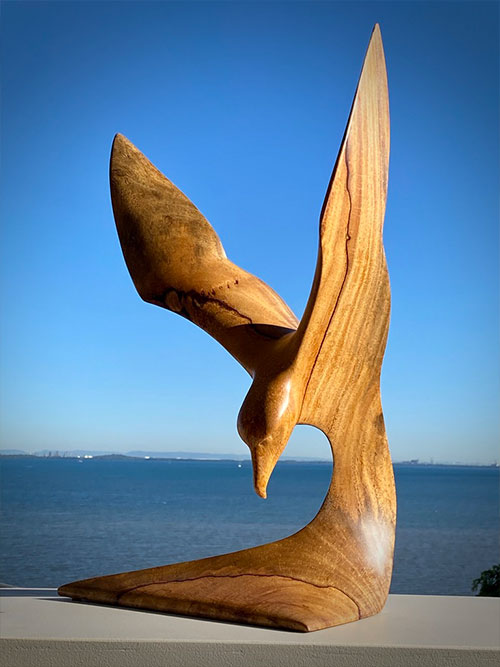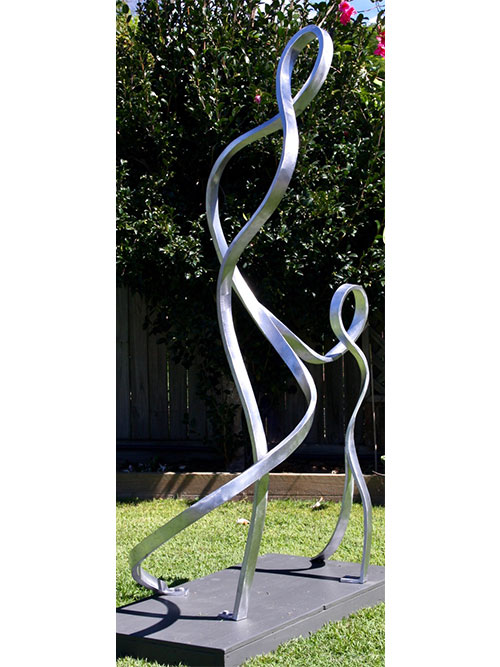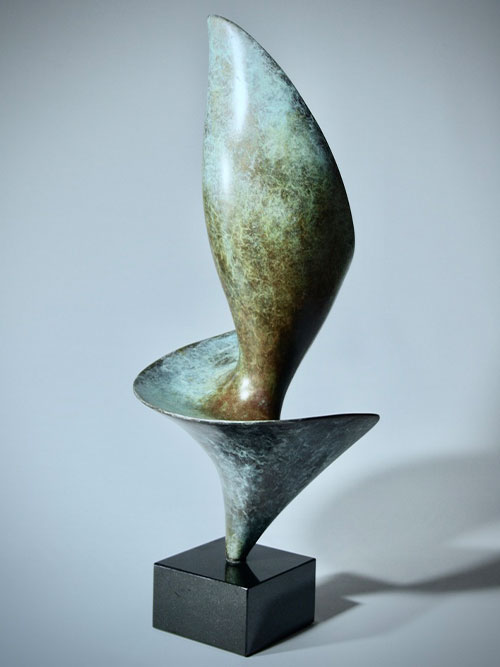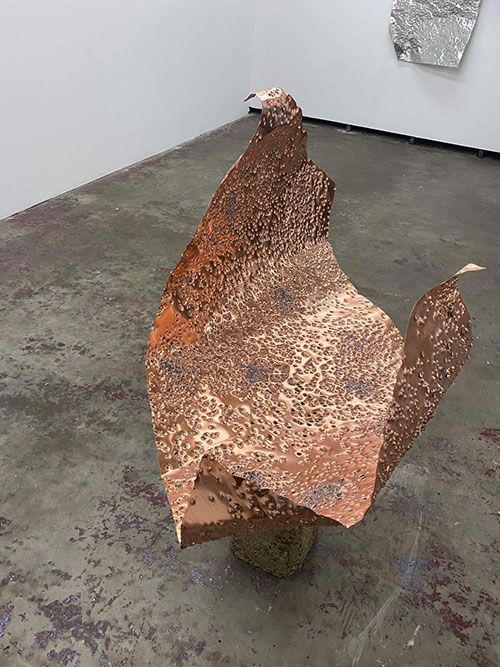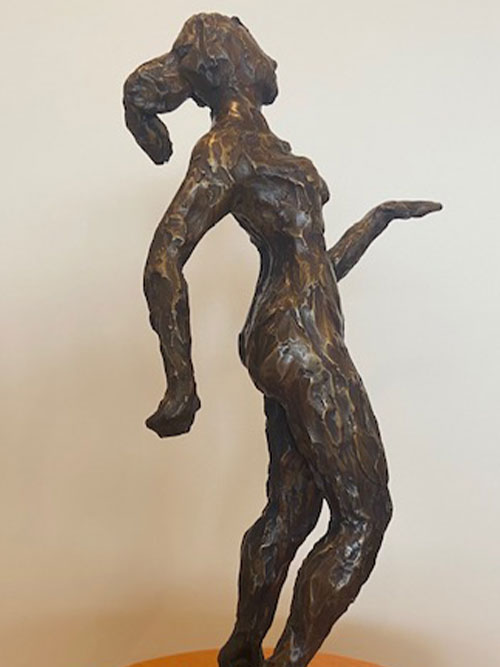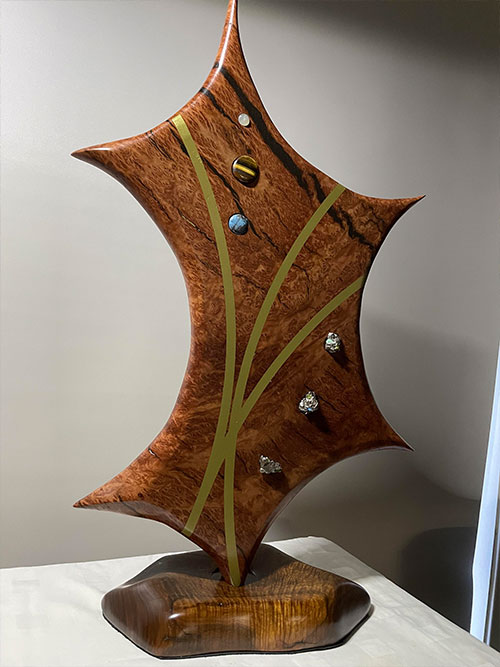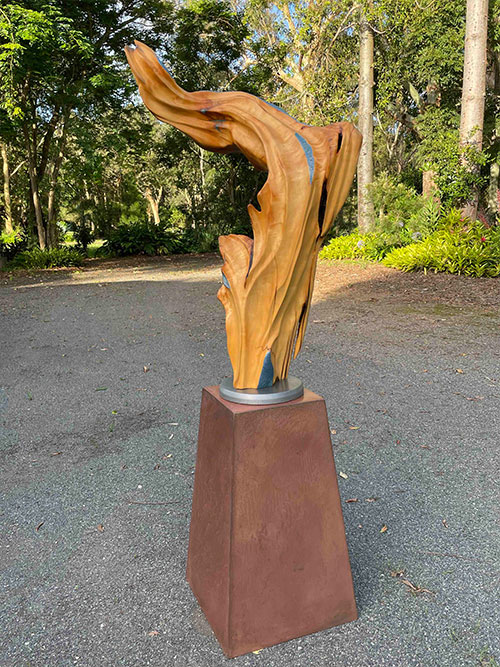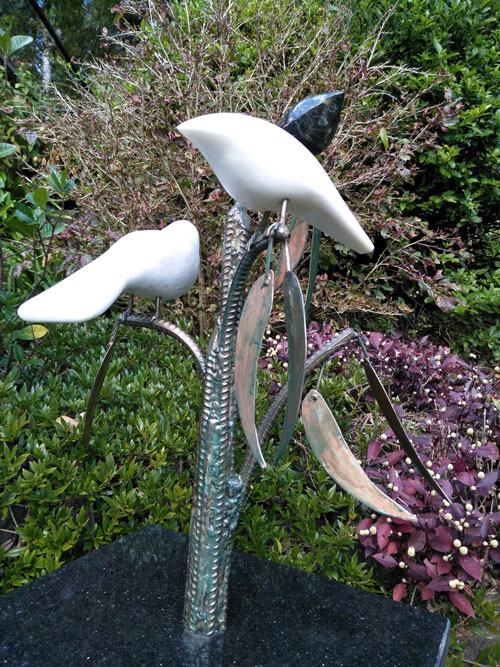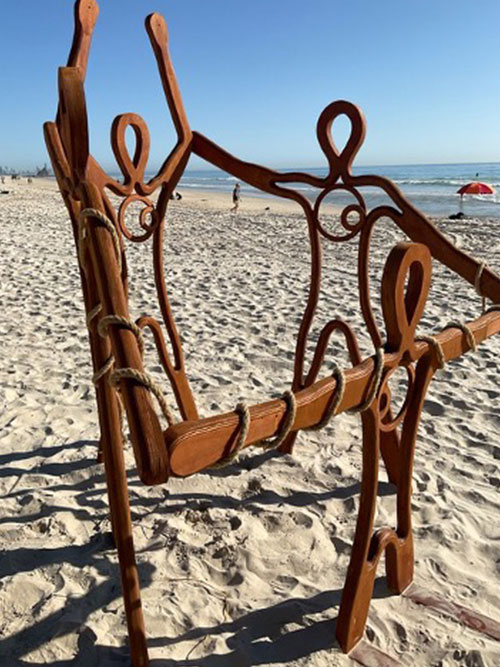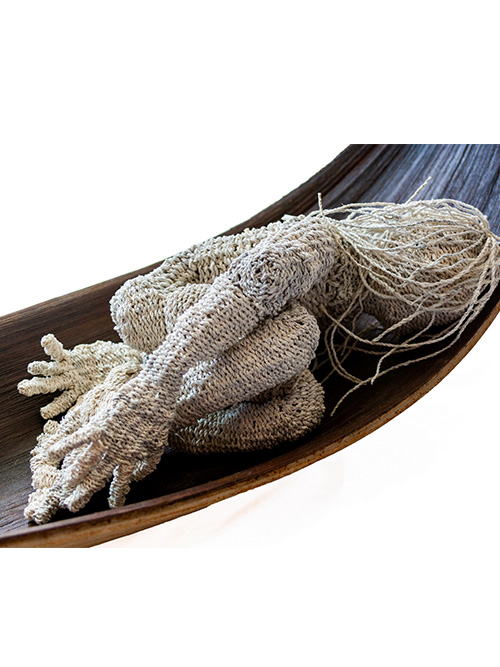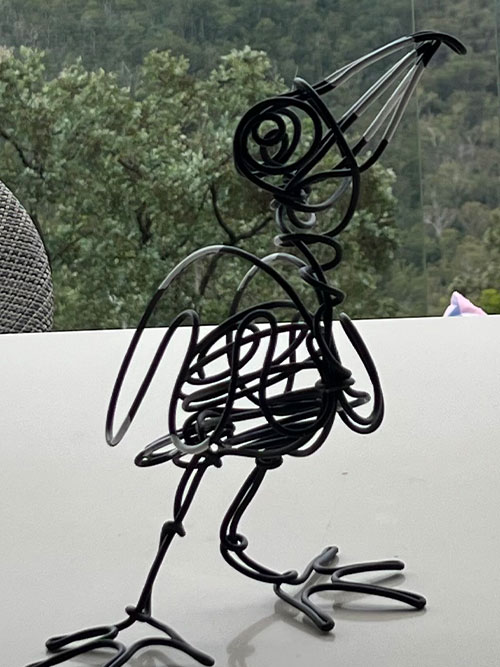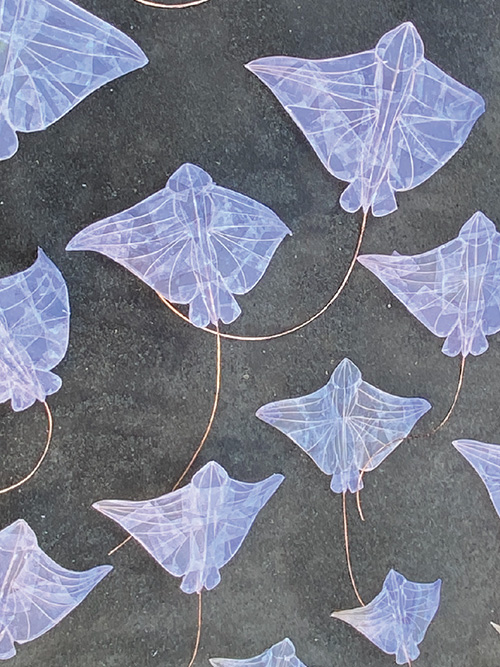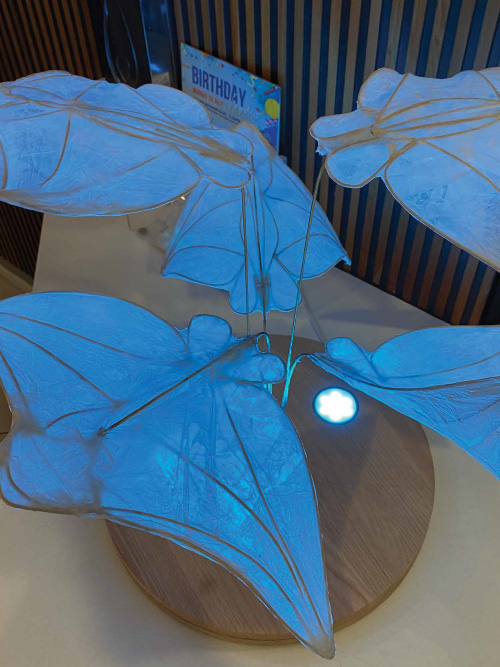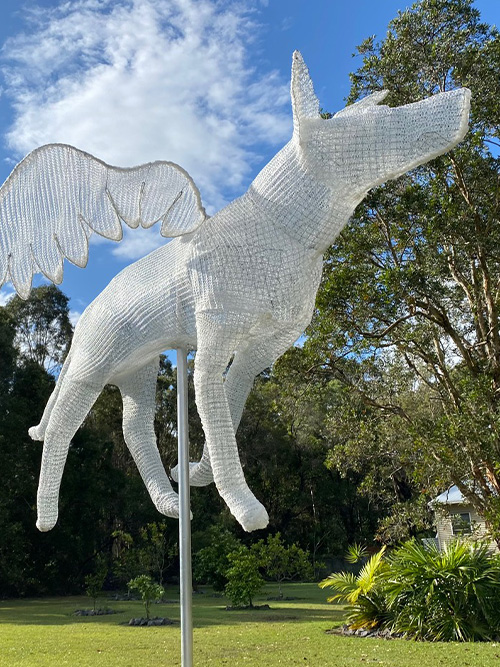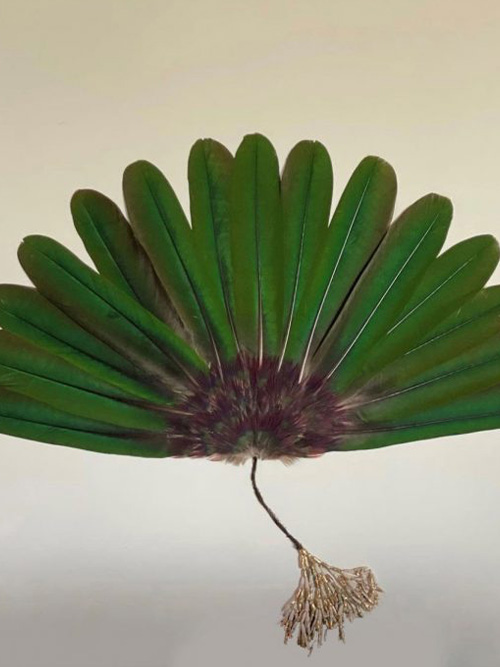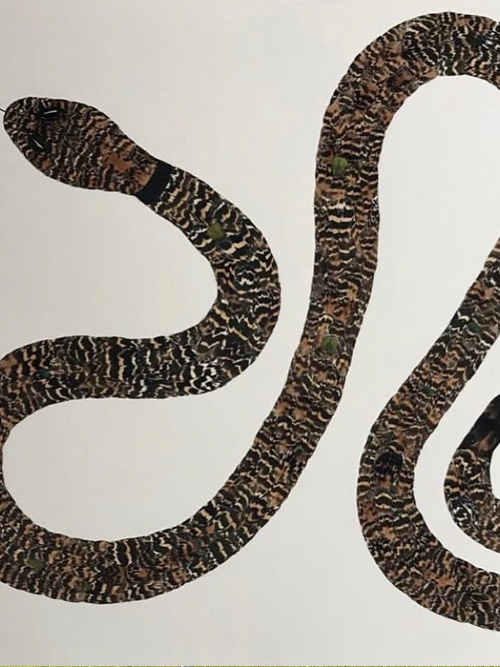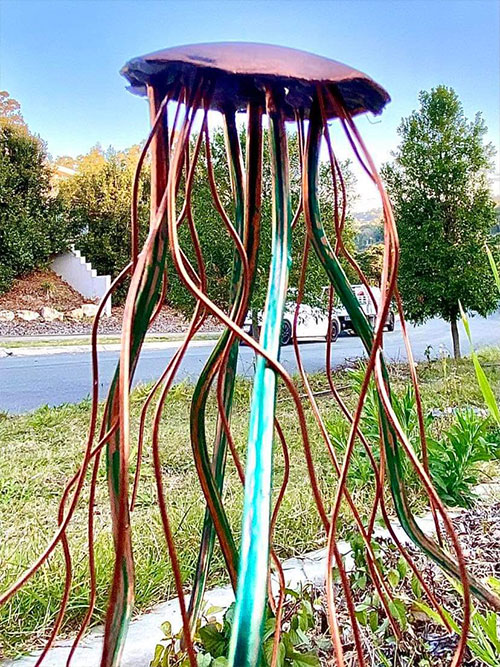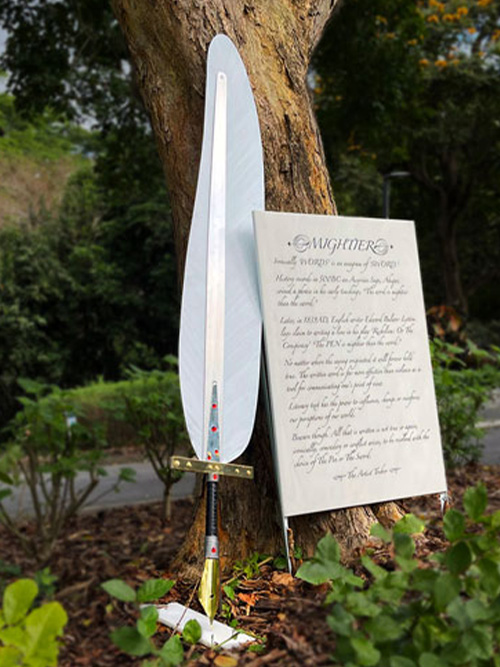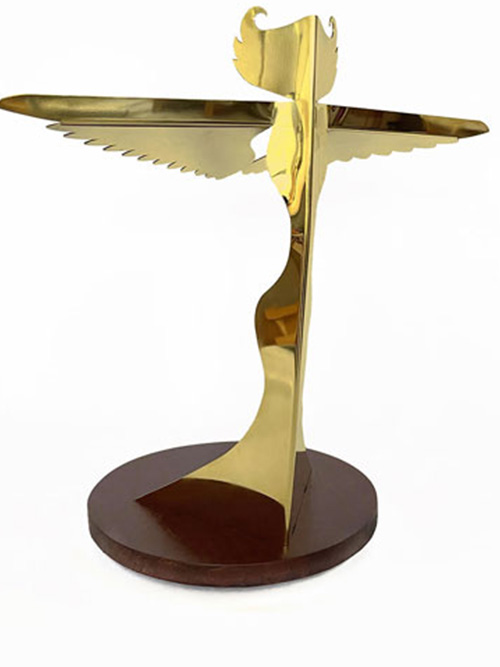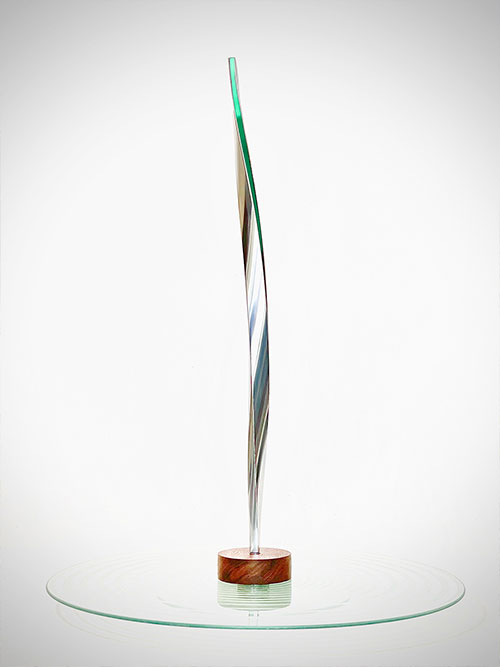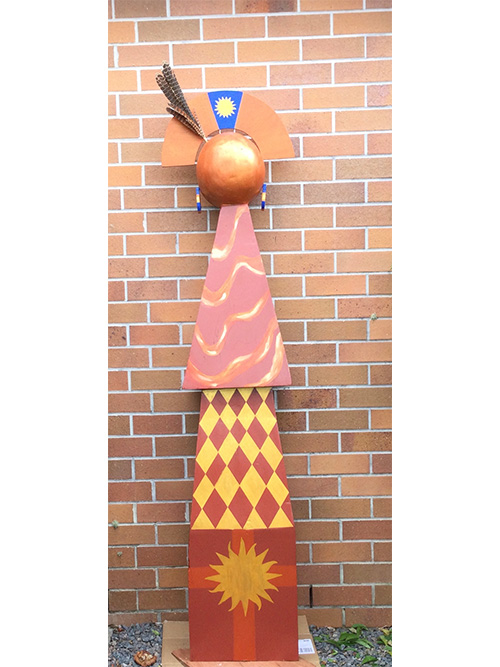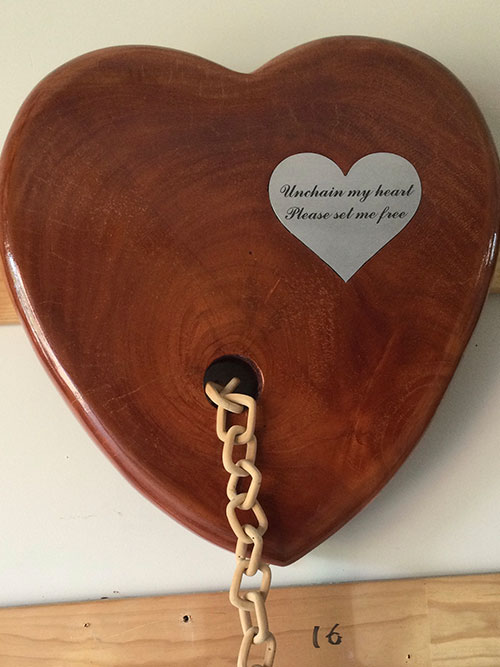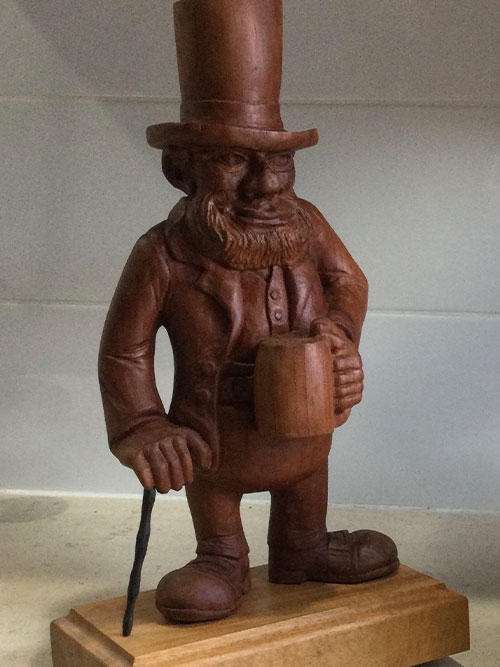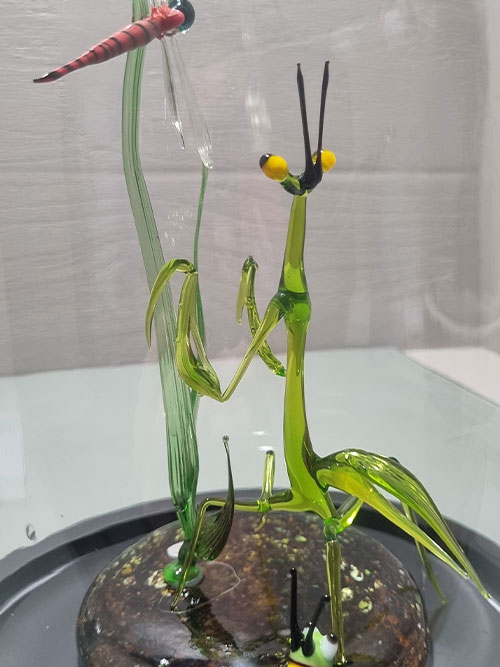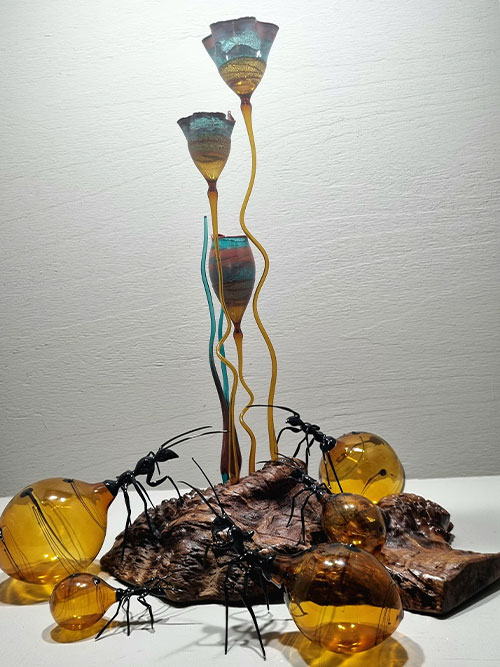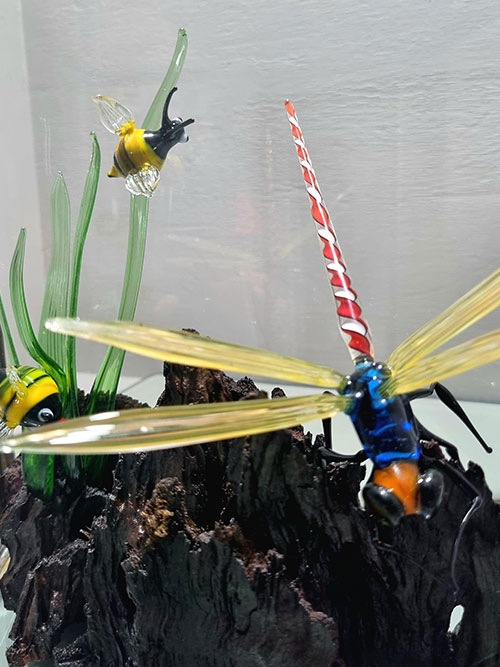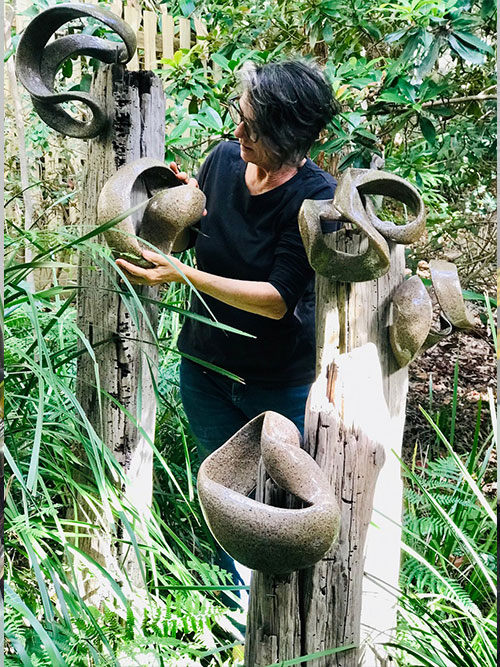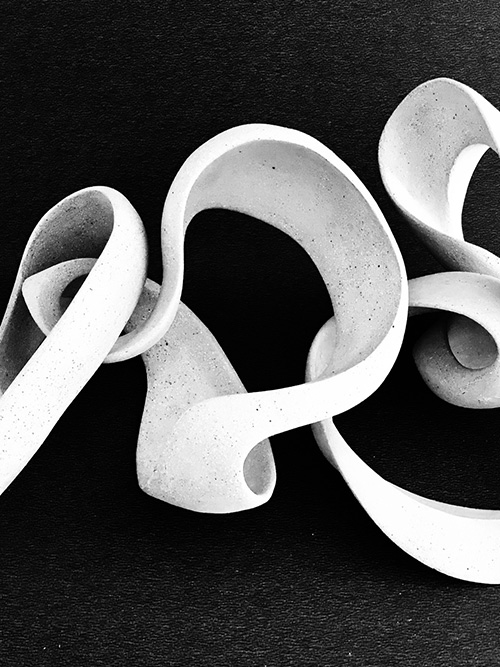Overall Winner 2022
“The overall winner of Sculpture On The Edge 2022 is Nicole Voevodin-Cash.
‘Pocket Park Series’ - Mounges
Nicole Voevodin-CashOverall Winner 2022
Are sturdy and made to rest, sit, lay, jump and be engaged with, they conceptually investigate the conventions of human interaction with the natural environment and our contemporary idea of outdoors activities and leisure based on artificial conceptualizations of nature. These ‘landscapes’ and ‘terrains’, which come under the banner of social sculptures as these ‘pocket parks’ are neither architecture, furniture nor landscape but locations for the physical body to occupy.
”
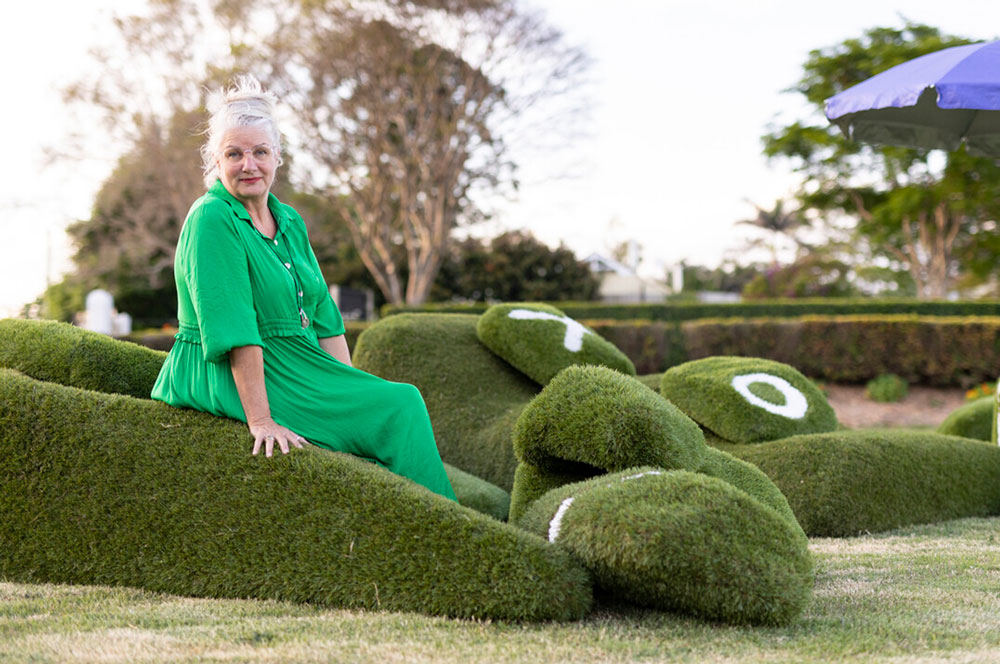
Artist Lineup for 2022
Alan Stupples
Amanda Wyatt
Beatrice Prost
Belynda Waugh
Brendan Tracey
Cam Crossley
Carlie Cost-Chretien
Carlie Johnston
Catherine Anderson
Christian Newton
Christiane Boulay
Cindy Vogels
Claudia Hickel
Claudje Lecompte
Colleen Lavender
Connie Van Lint
Darwin Smith
David Ellsworth
Dean Rusling
Denise Lamby
Denislav Mitkov Delchev
Derby Cross, Dan Draper & Evita Camilleri
Donald Harvison
Elli Schlunke
Erin Sulman
Finn Cossar
Fiona Haynes Collaborative Work
Fleur Muffati
Frederick Beel
Gabe Parker
Grant Peberdy
Gretchen Keelty
Irene Visser
Jan Williams
Jane Harthoorn
Janna Pameijer
Jen Braithwaite
Jennifer Long
Jenny Day
Jenny McElhinney
Jo Cook & Ted Moran
Joanne Bullock-Saxton
Jodi Casey
John Miller
Jules McCrae
Karen Jones
Keith Chidzey
Ken Munsie
Laine Cooper-Taverne
Laura Vecmane
Len Wilkinson
Leroy Hilder
Lisa Jones Collaborative work
Lucy McEachern
Margaret Shaw
Mela Cooke
Molly Galpin
Nadine Schmoll
Nicholas Reck
Nicky Dierens
Nicole Voevodin-Cash
Parthenopi
Paula de la Rua Cordoba
Peter Steller
Rae Saheli
Raeann Shields
Randy DeGraw
Richard Eggleston
Robert Guenther
Rosie Harvest
Russell Solomon
Sam Gowing
Sophie Blake
Sue Neale
Temily Lithgow
Tina Cooper
Trebor (aka Rob Stephenson)
Trevor Irvine
Wolfgang Engel
Yanni Van Zijl
Judges for 2022
Coming soon…
Official Award Winners 2022
Medium
Polystyrene and Artificial Turf, this is a suite of objects to form one work in the landscape
‘Pocket Park Series’ – Mounges
Are sturdy and made to rest, sit, lay, jump and be engaged with, they conceptually investigate the conventions of human interaction with the natural environment and our contemporary idea of outdoors activities and leisure based on artificial conceptualizations of nature. These ‘landscapes’ and ‘terrains’, which come under the banner of social sculptures as these ‘pocket parks’ are neither architecture, furniture nor landscape but locations for the physical body to occupy.
‘Mounges’ physically emulates the Mountain ranges surrounding us and at the same time is a rendition of nature as ‘entertainment’ offering a recreational post; as a stage and a beak from the surrounding Landscape.
Aves #5
COR-TEN Steel
AVES #5 is an acknowledgement of all the bird species found on Kabi Kabi and Jinibara country. But in particular, the Blue Faced Honey eater. This bird is sedentary and abundant in our warner climate. It eats the insects, flower pollen and fruits found in our rainforests. This sculptural form captures the movements of these birds, fast, light, and unique as they are, and acts as a reminder of the dangers of habitat depletion and the impacts it has on our wildlife, our planet and us as humans.
Shelter from the 21st Century.
Bronze foundry. Materials: bronze, wire, copper.
In the last few years, my works seek to reflect how our Planet Earth is becoming more and more industrialized, modernized, globalized, with more and more technology. But to achieve this (this advance or maybe regression) we are destroying more and more the natural to end up recreating artificial elements. There will come a time when the landscape will be composed only and exclusively of buildings, cities and industry, there will be a desertification and absolute destruction of the natural landscape.
As a general rule, with whatever artistic technique I work with recycled materials. Mostly sculpture with recycled materials, making much use of wood from various continents, among other modalities such as: painting, screen printing, engraving, and others. This work is part of the series: Refugios frente al Siglo XXI (Shelters in front of the XXI Century), works made with bronze casting. It is the first of the serie, of small format, in front of the destructive human being, it is a small home where to take refuge from the dangers and barbarities that happen in the outside.
The intention is a search for sensations with the viewer. A tiny home, with a staircase that does not reach the floor… It can be observed that during its realization with wax it has been made by assembling different small pieces. It has three legs because it is one of the last spaces where to hide and watch over that which remains natural.
Eco Warriors
Mix media
Two adolescents ride a luminous pink flaming adorned with flowers and colourful moths; the flamingo sits comfortably on top of a horse. The little riders steer the horse, helping the family escape from humans’ destructive impact on the Earth. The family of travellers represents the forced journey of wildlife in response to global climate change and its effects on migrations of animals and birds like flamingos.
Eco Warriors is constructed from hand-built ceramics and reclaimed materials, such as the pre-loved horse head and artificial flowers.
Whimsical and surreal, the sculpture aims to create an interactive encounter with the audience that urges the viewer to reflect on the troubling changes in climate.
Punto de Fuga
Recycled Art
The literal translation of Punto de Fuga is “Vanishing point”, although its symbolic meaning is lost in translation. Punto de Fuga, meaning “escape point”, holds a two-dimensional semantic connotation: as a break-free starting point and as the “eye point”, the artistic element introduced by Alberti and its geometrical focus of attention.
My previous installation, “Seeing Plants”, highlighted how nature and plants have been framed as objects historically in the context and culture of western societies.
Punto de Fuga is a breaking point from this historic framing of nature and plants from an intrinsic and extrinsic point of view. It symbolises a personal growth towards multicultural perspectives of understanding, treating life and how that shapes the landscapes we inhabit.
The picket fences are a quintessential emblem of hierarchical systems of values and social class in western societies, where plants epitomise a set of human behaviours on aesthetics and power roles. Recent plant studies are challenging obsolete ontological ideas and conducting ground-breaking research into plant agency, reshaping our relationship with nature.
Our relationship with nature and plants is on a shifting terrain where radical change is needed, not only from a sustainable and ecological perspective, but from ethical and philosophical debates regarding futures of cooperation between species and who we would strive to be as human beings.
Coming Soon

